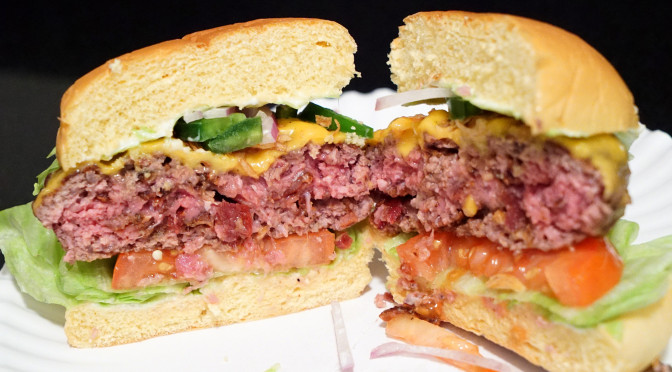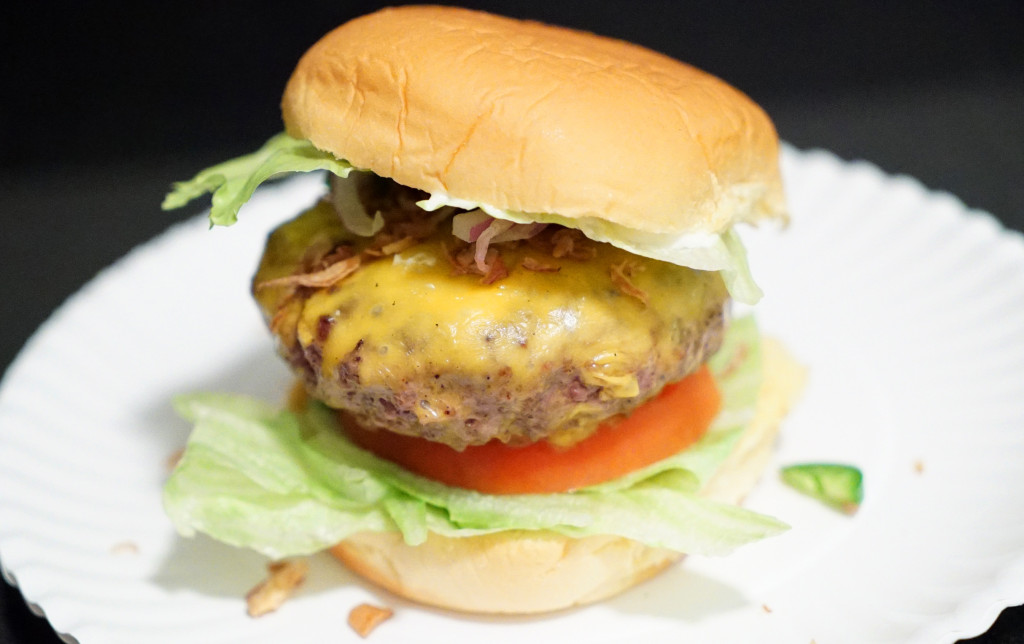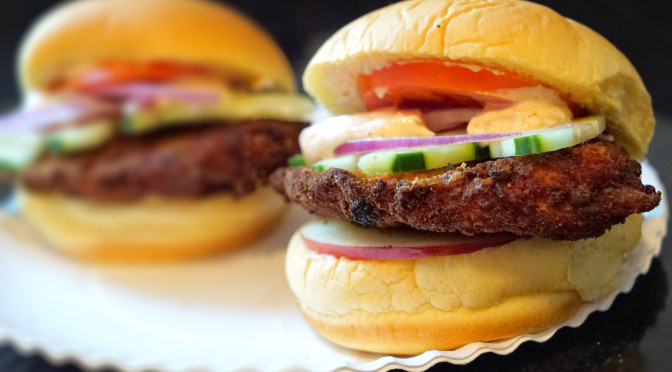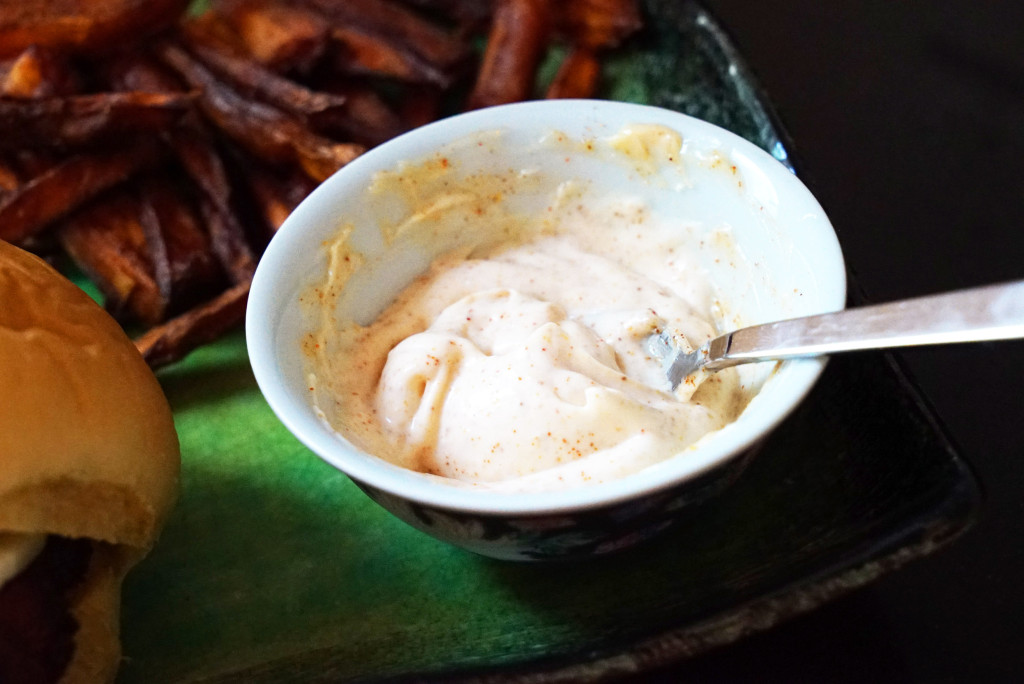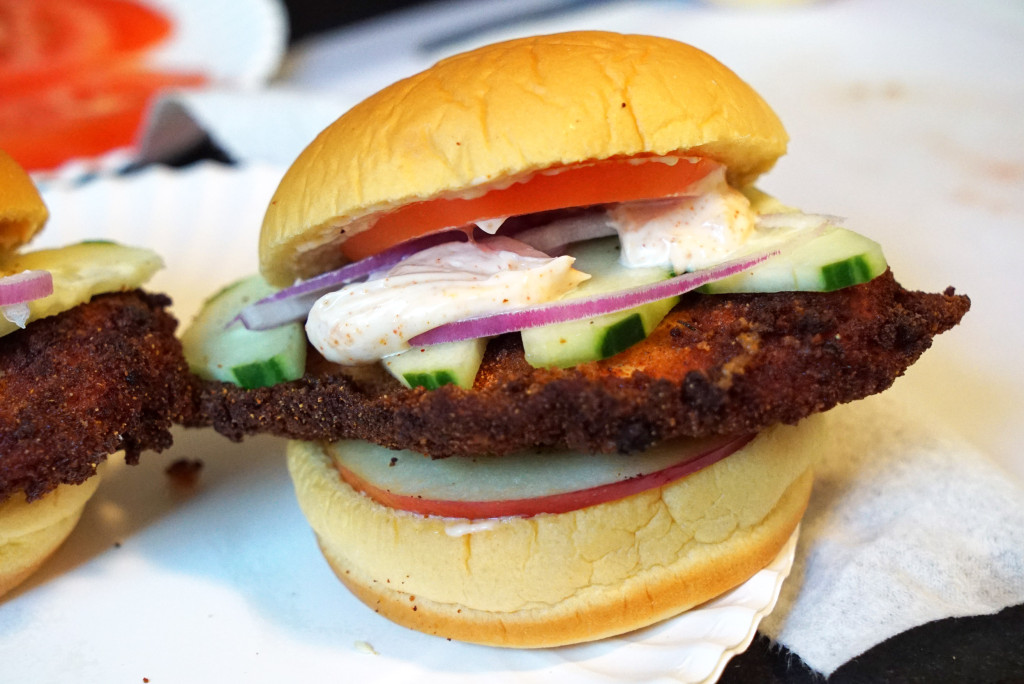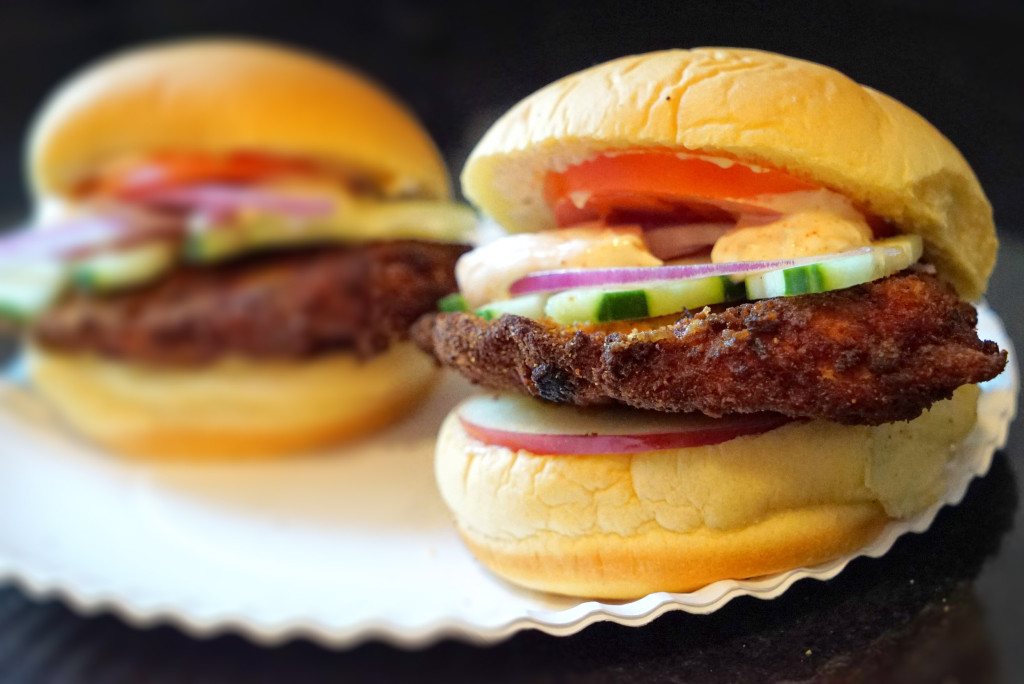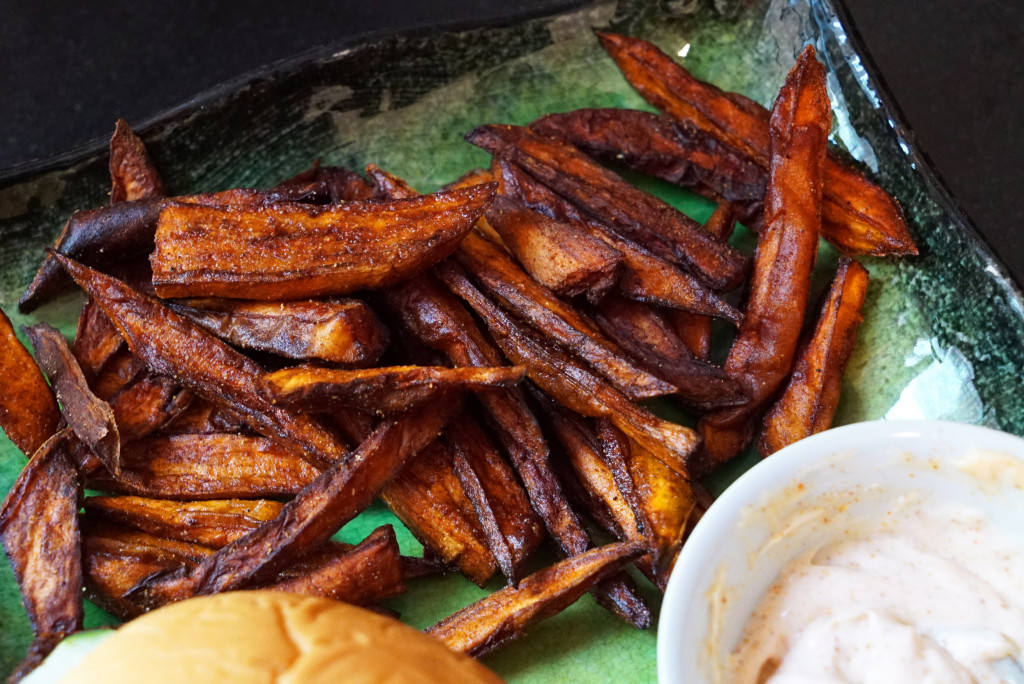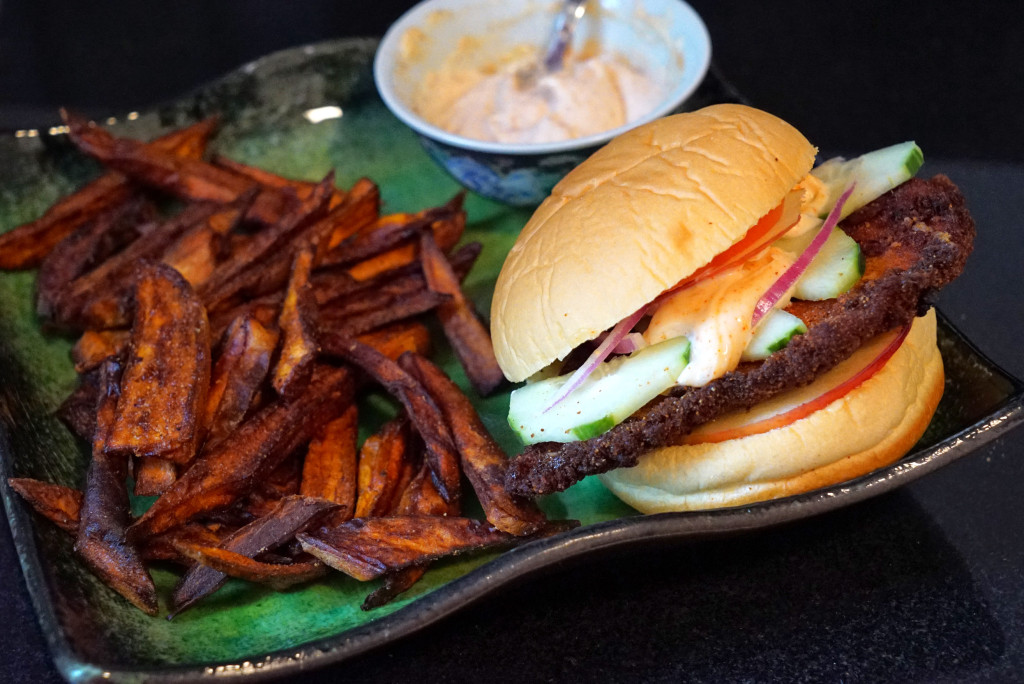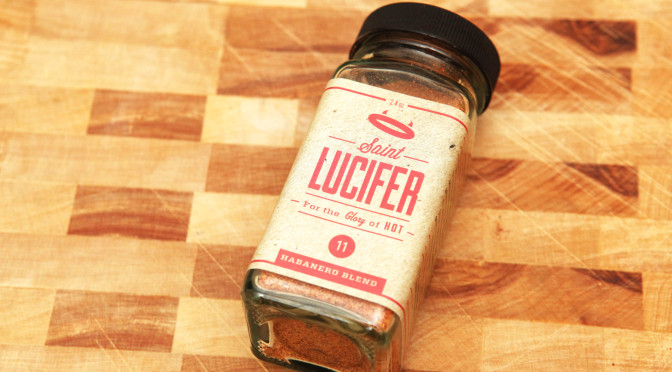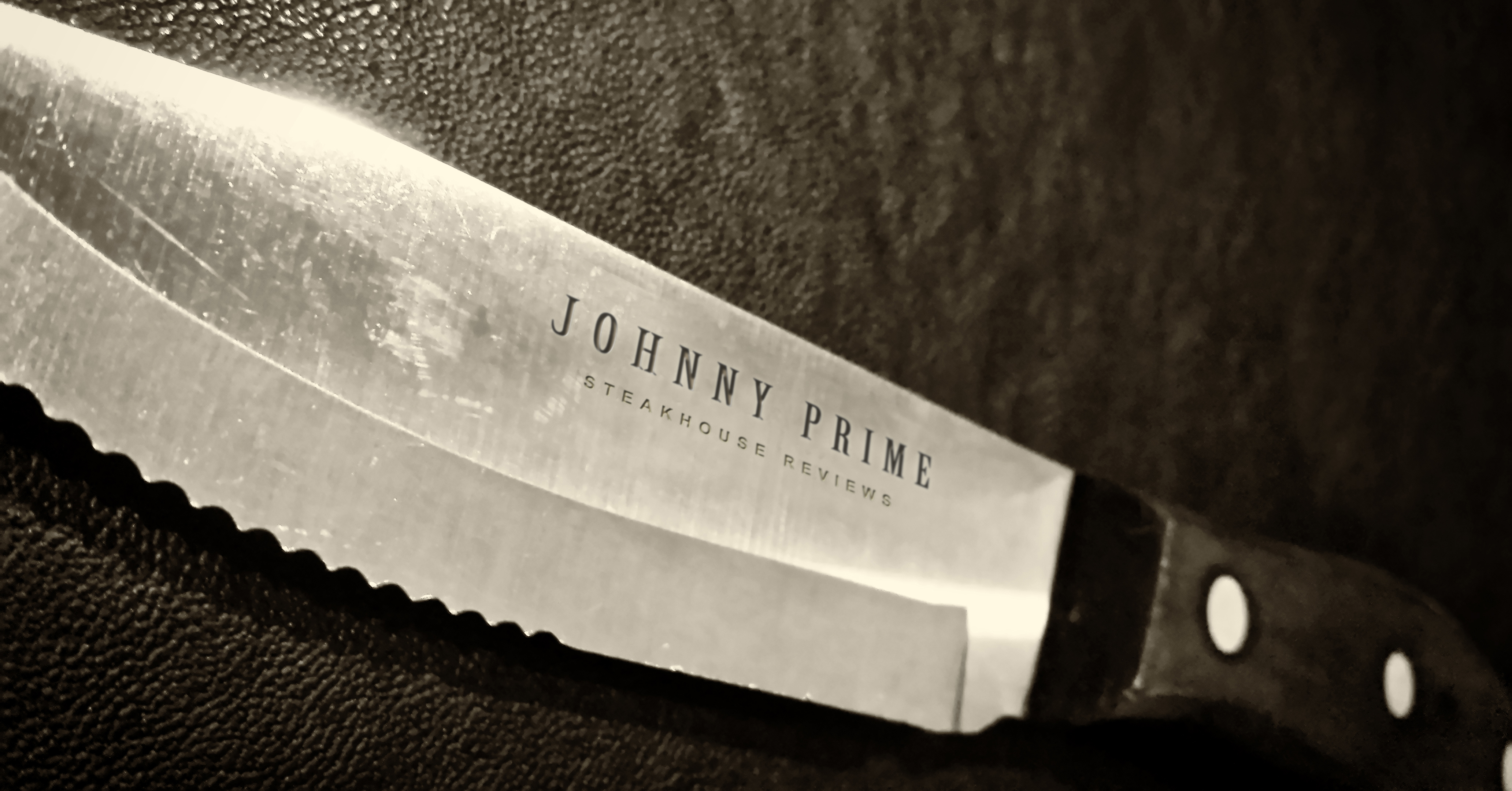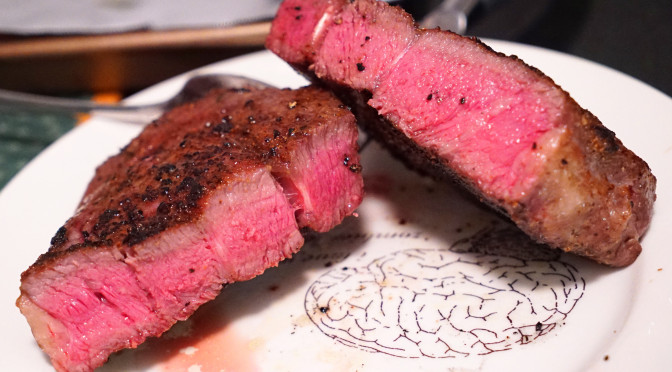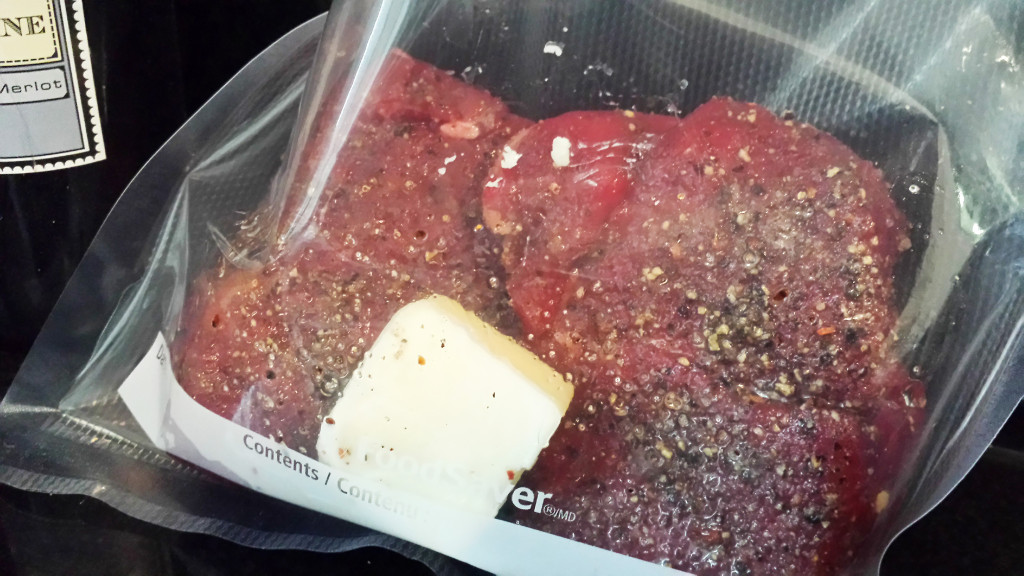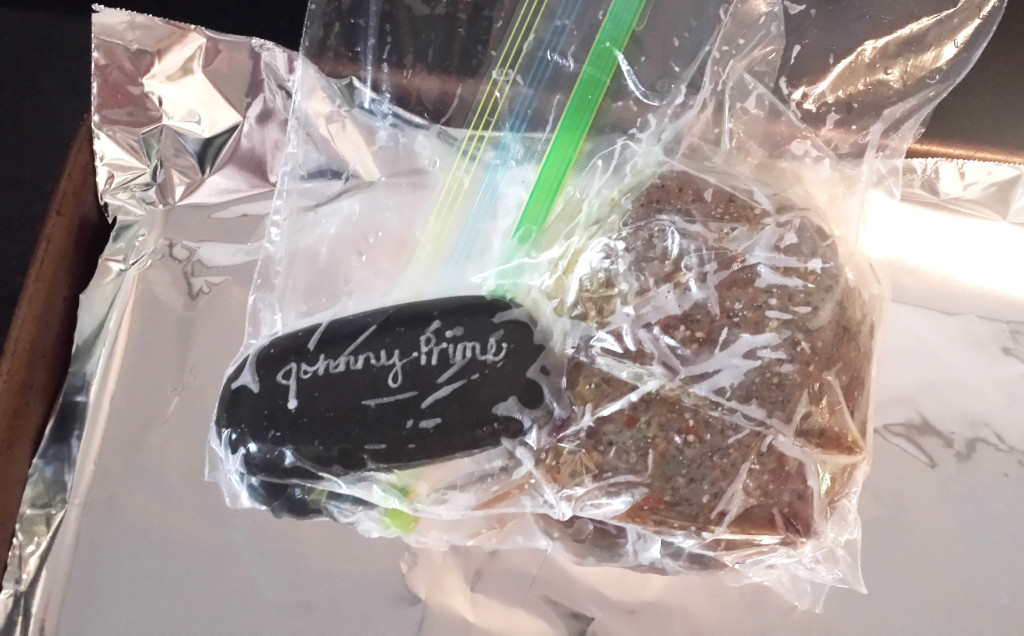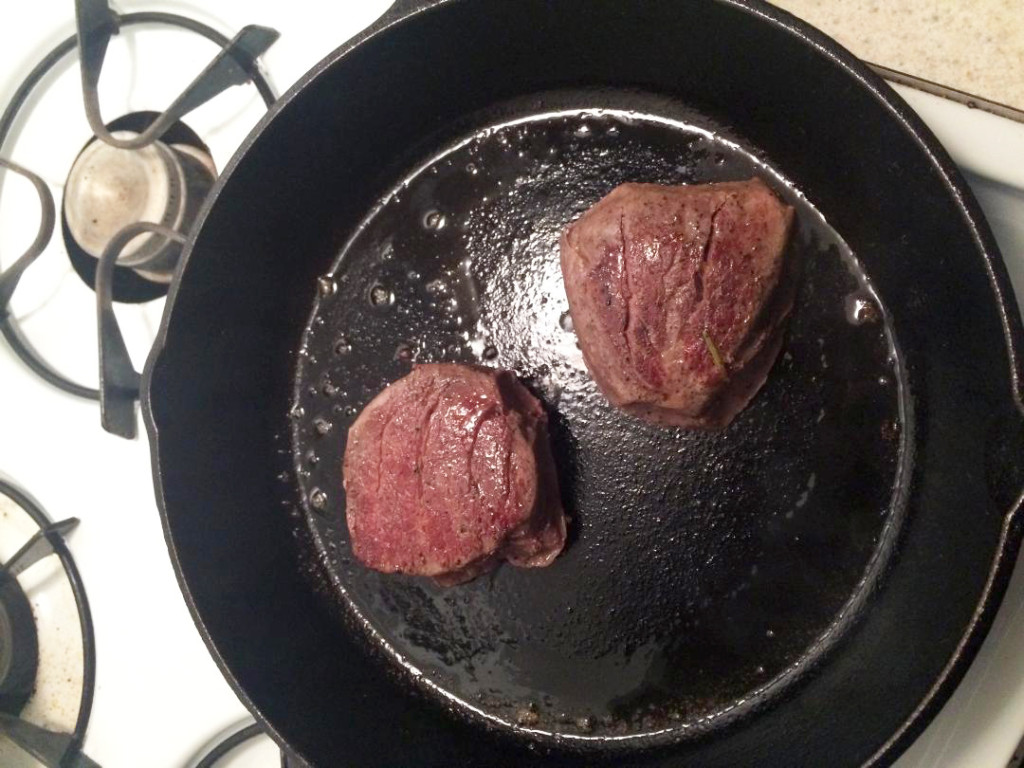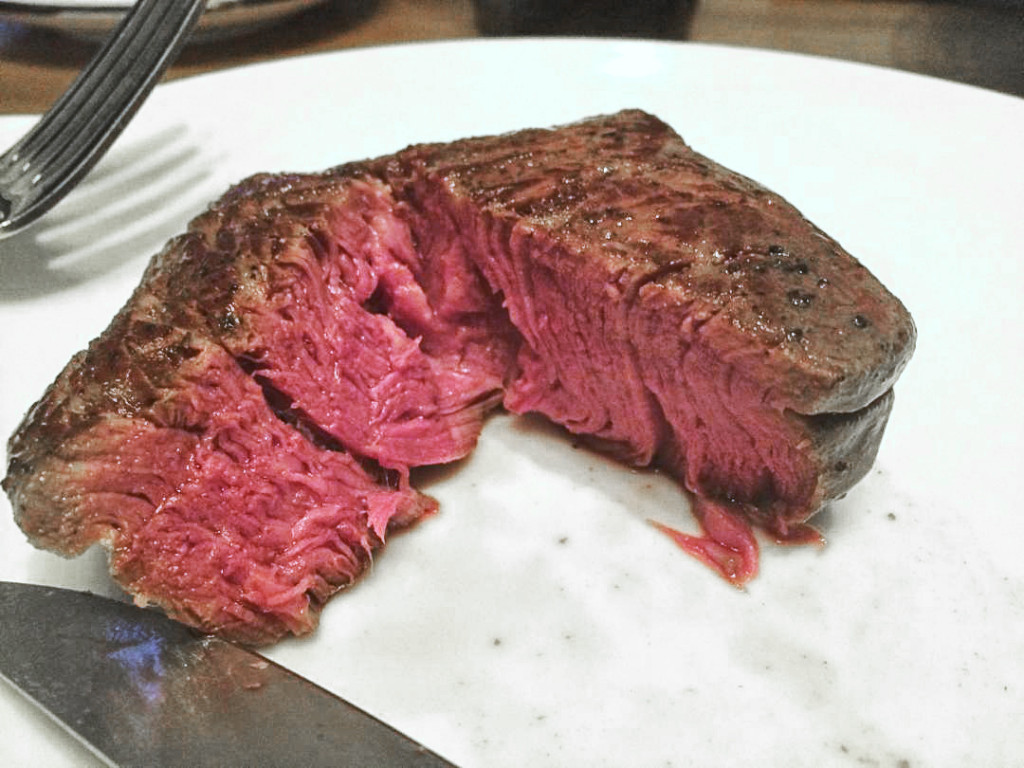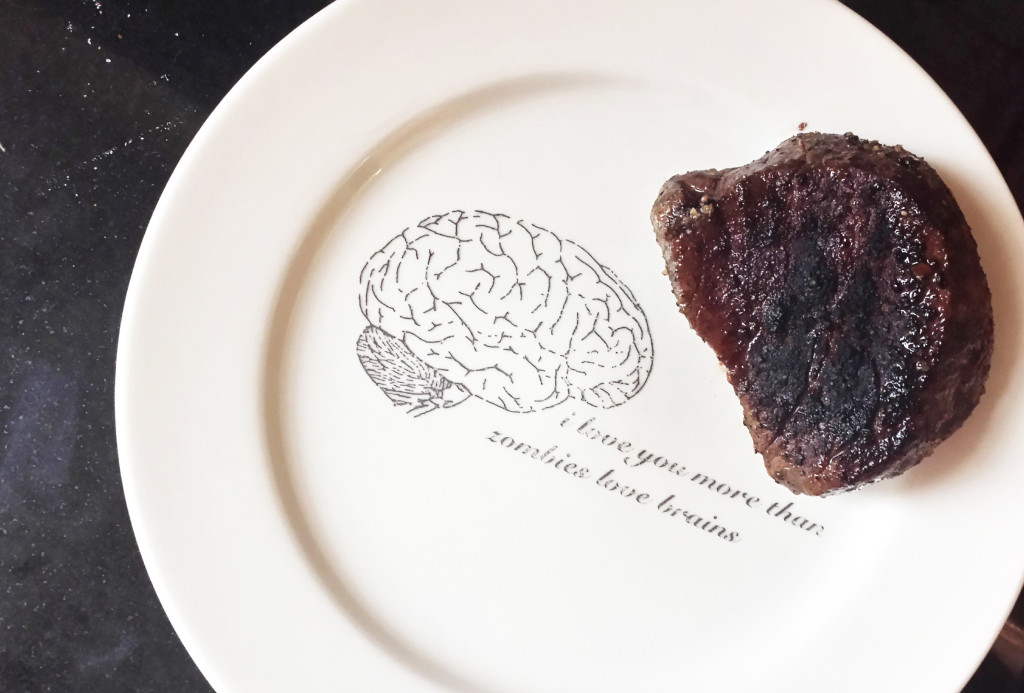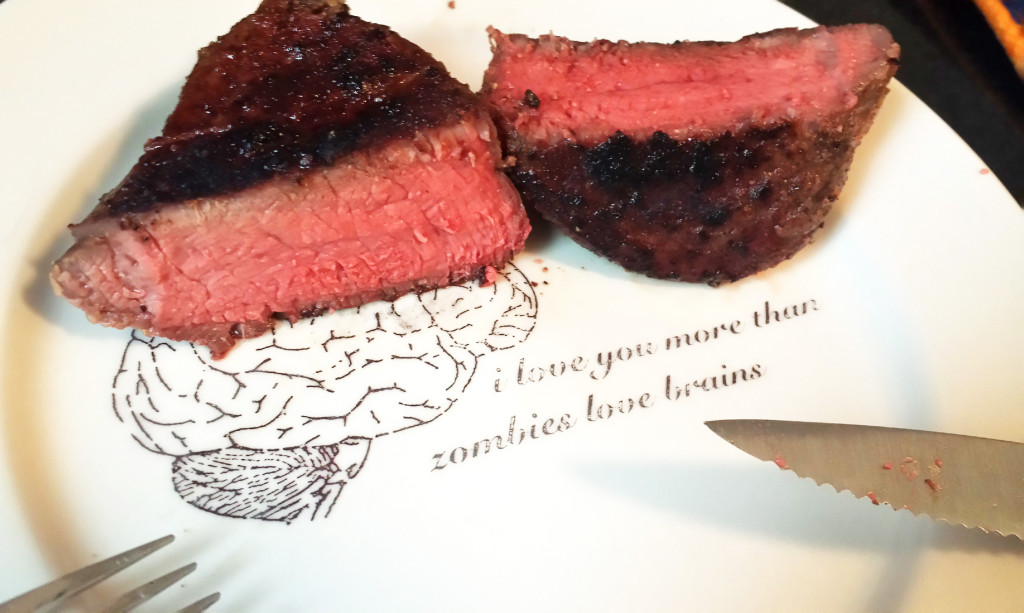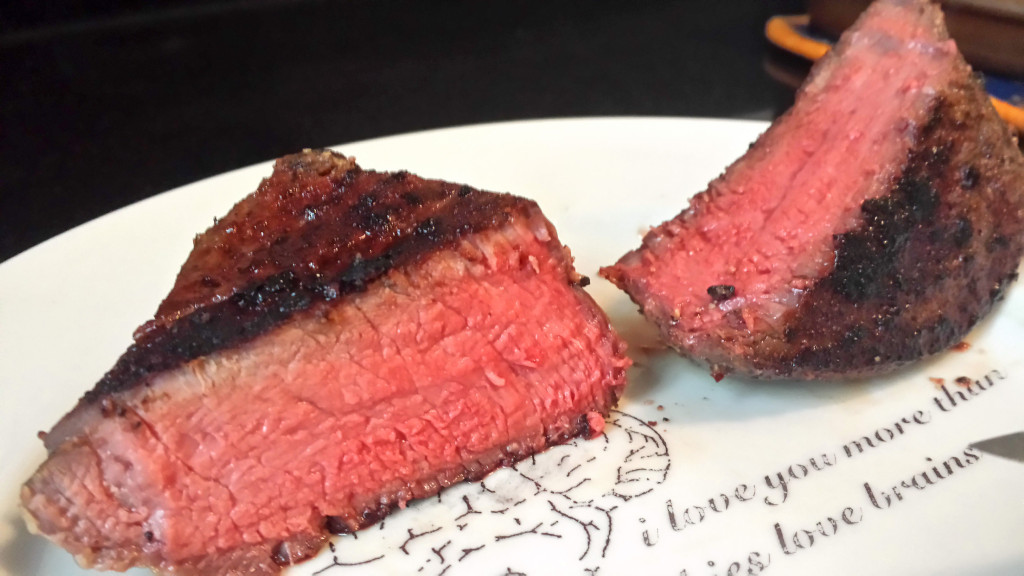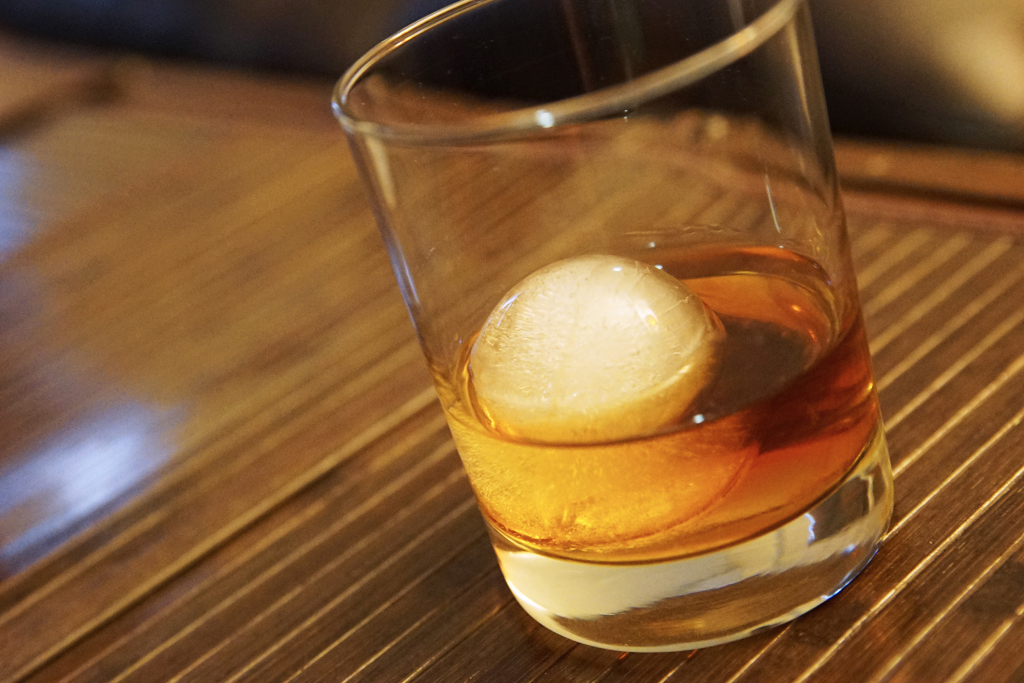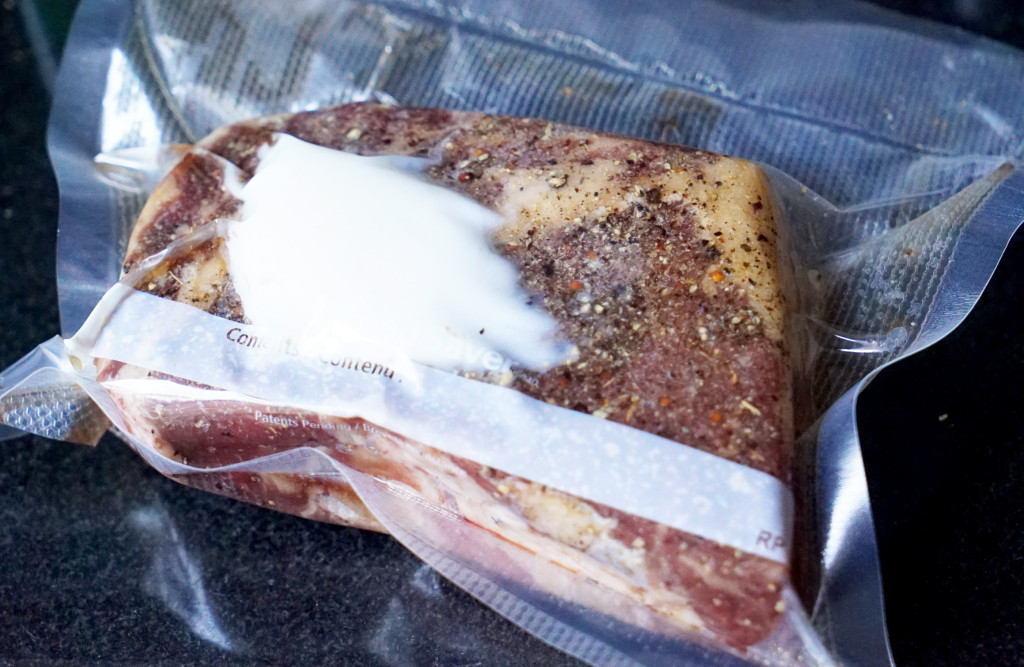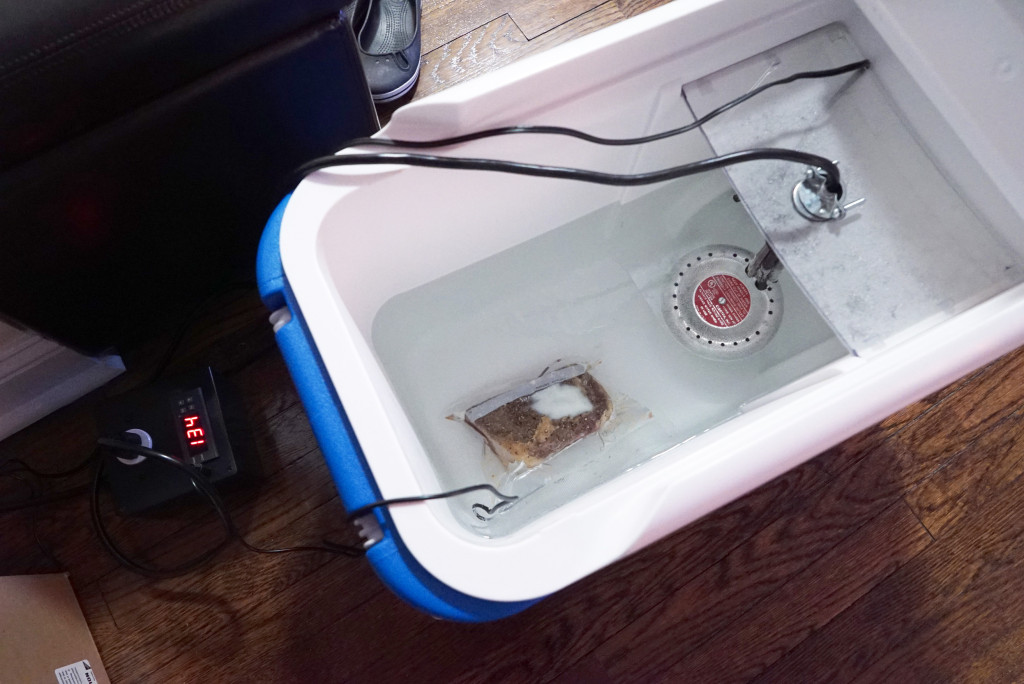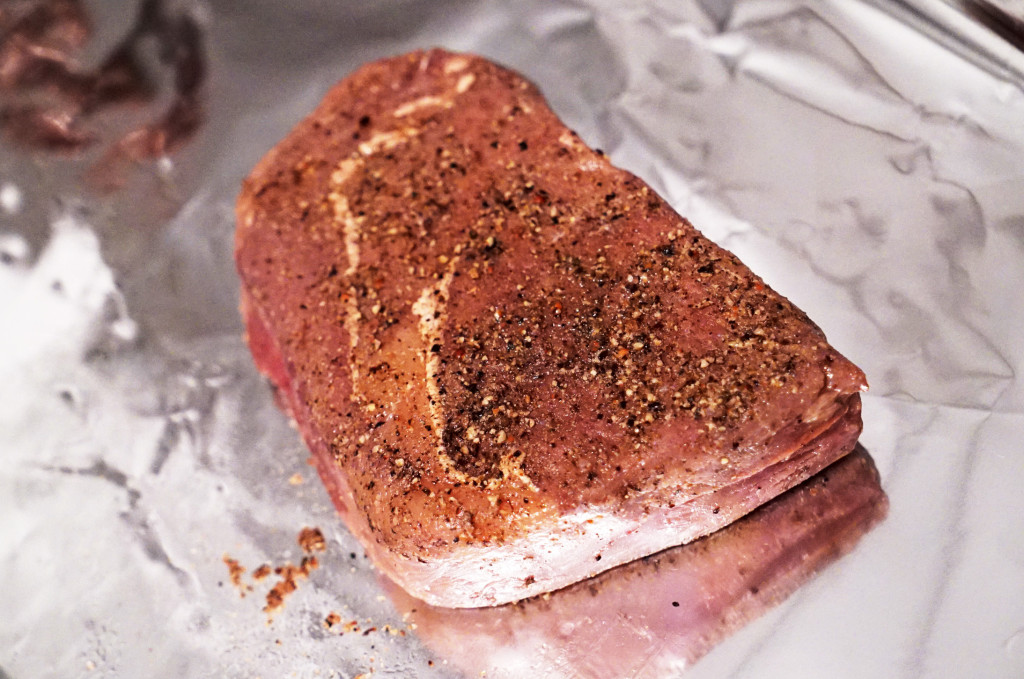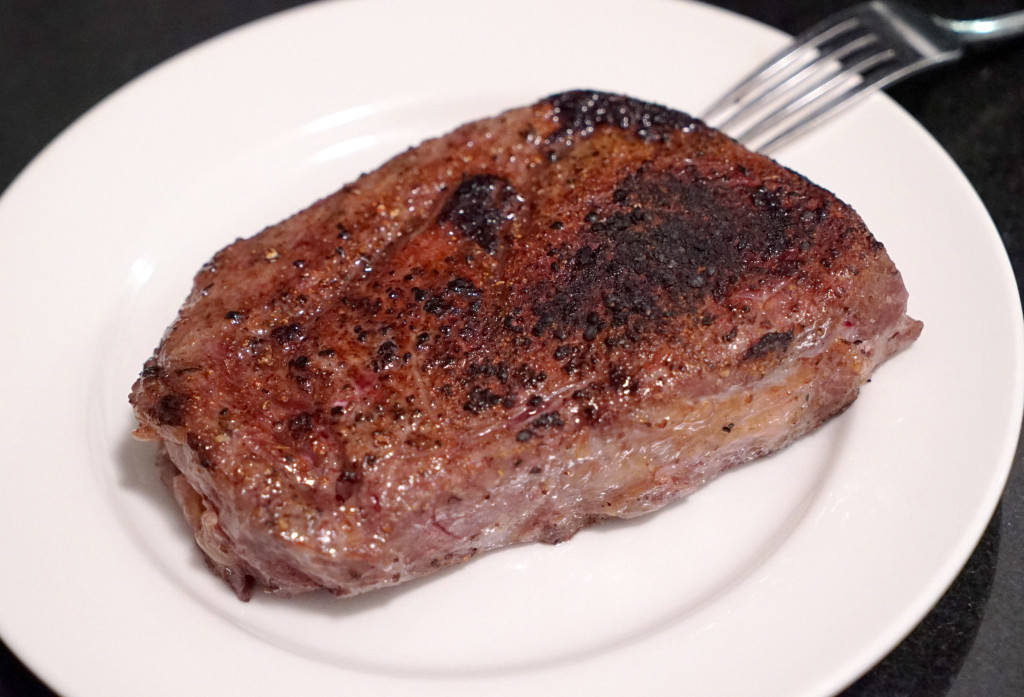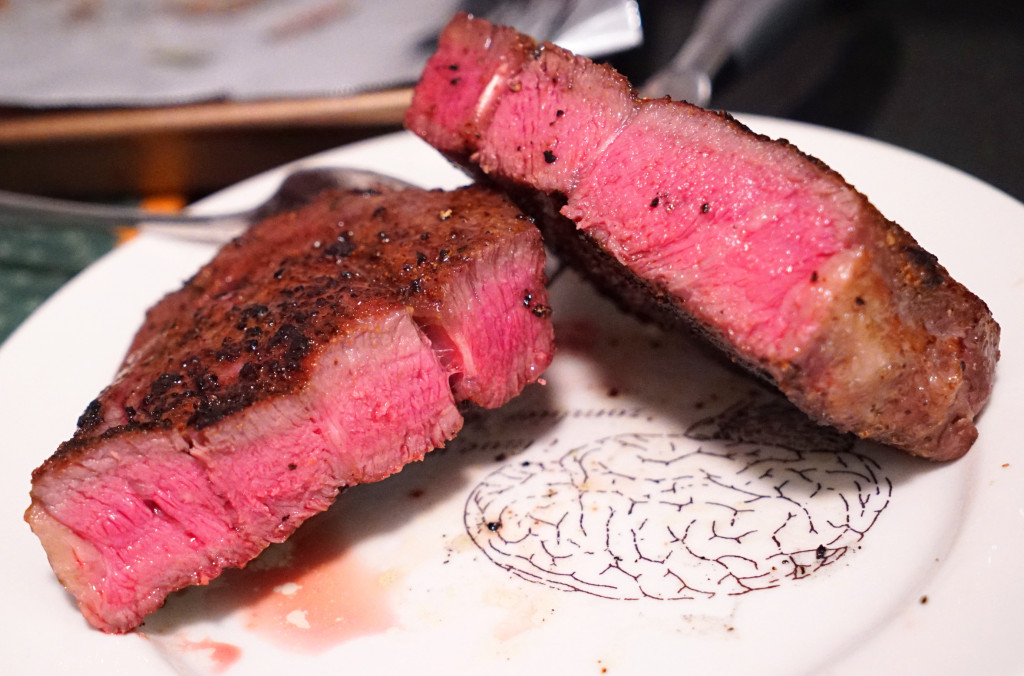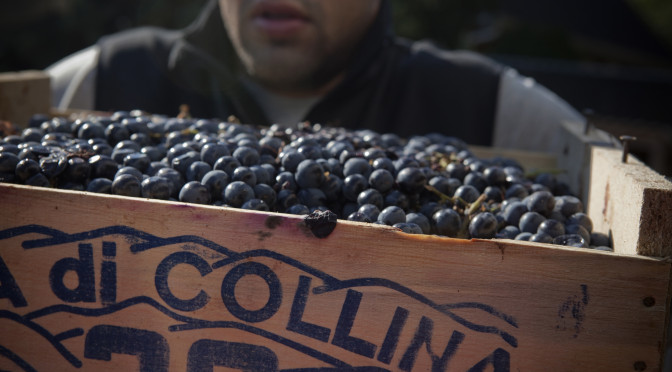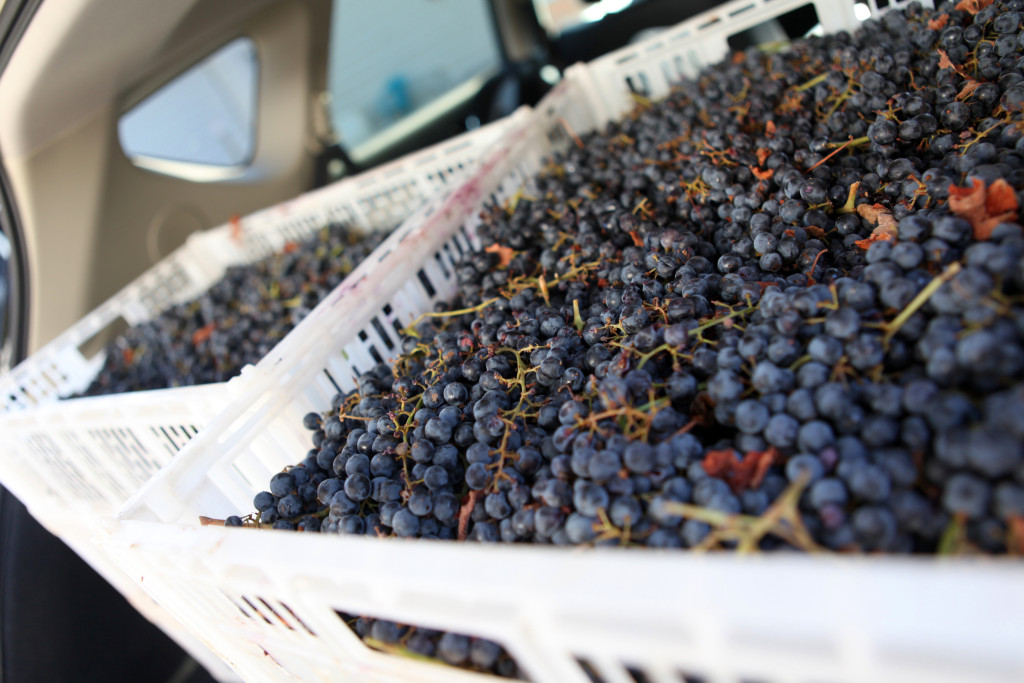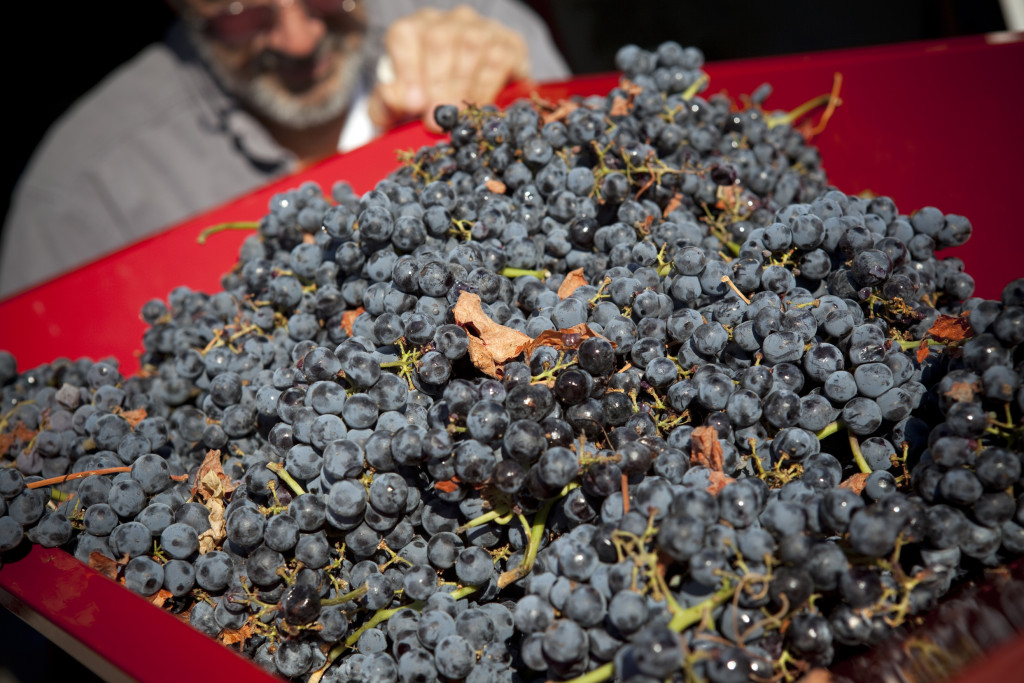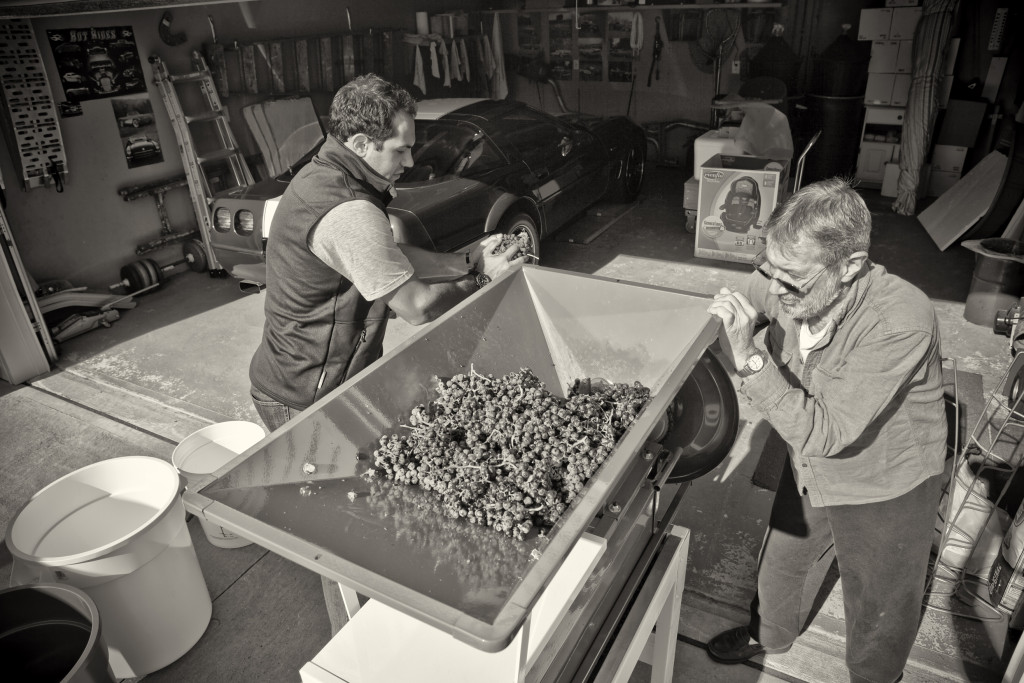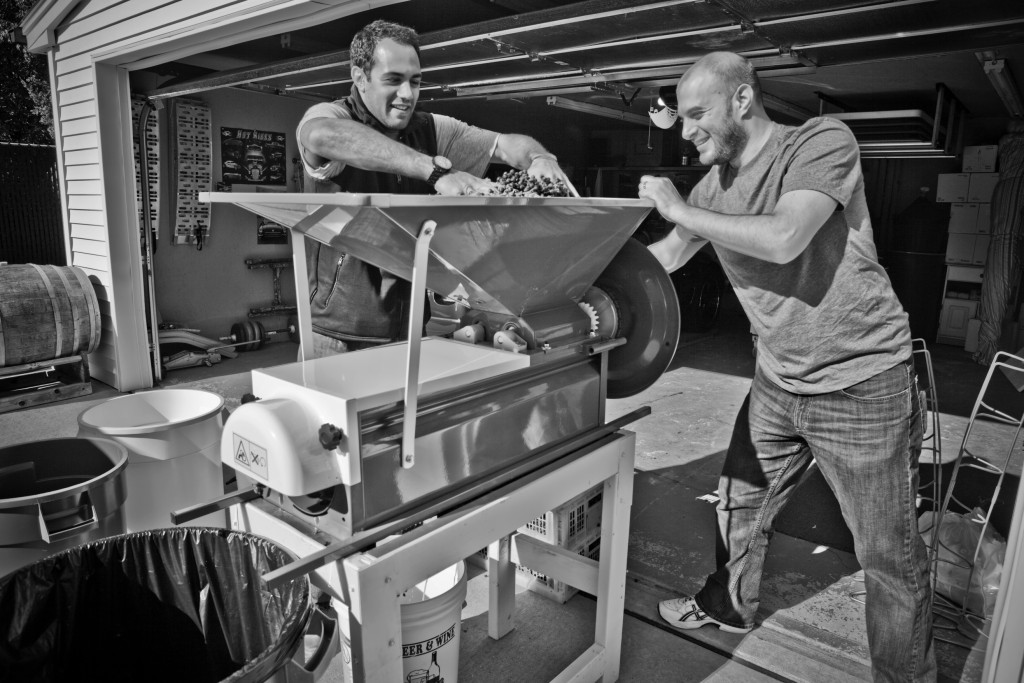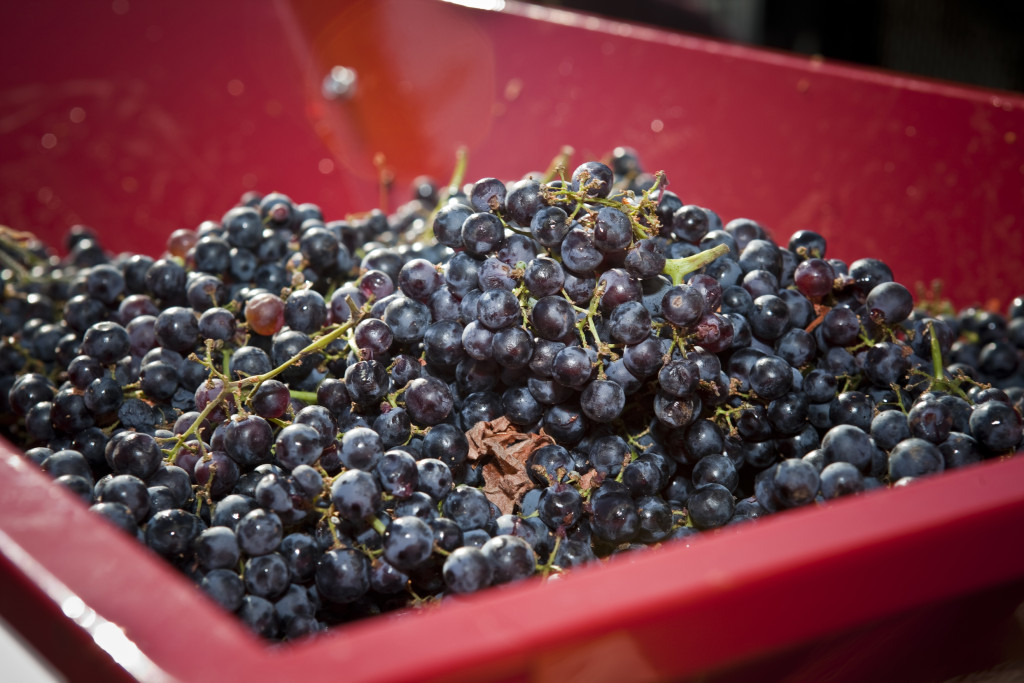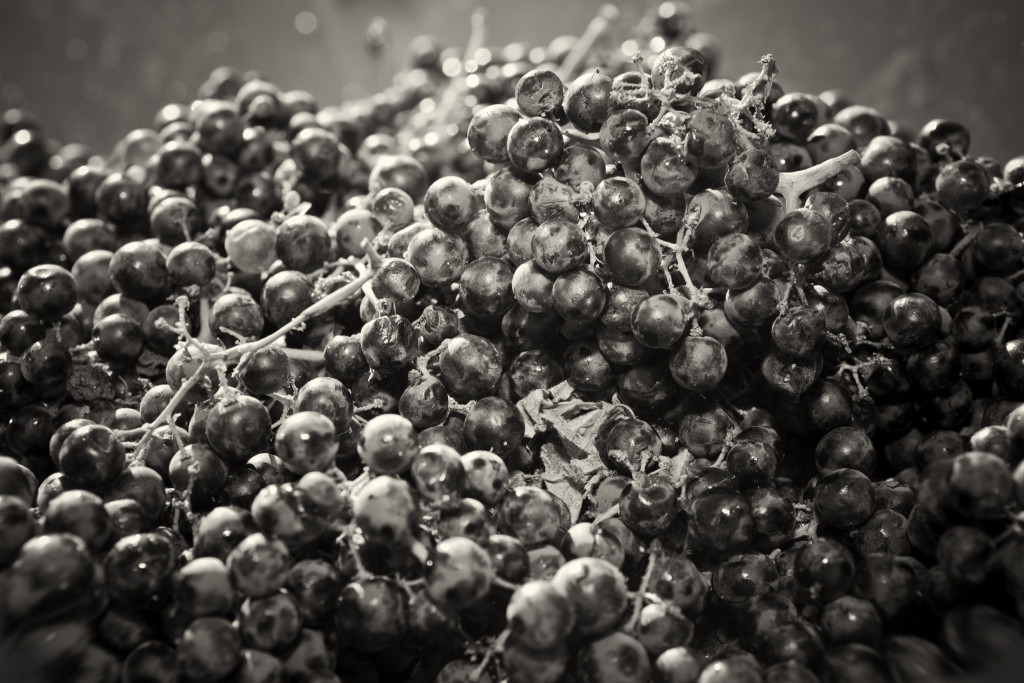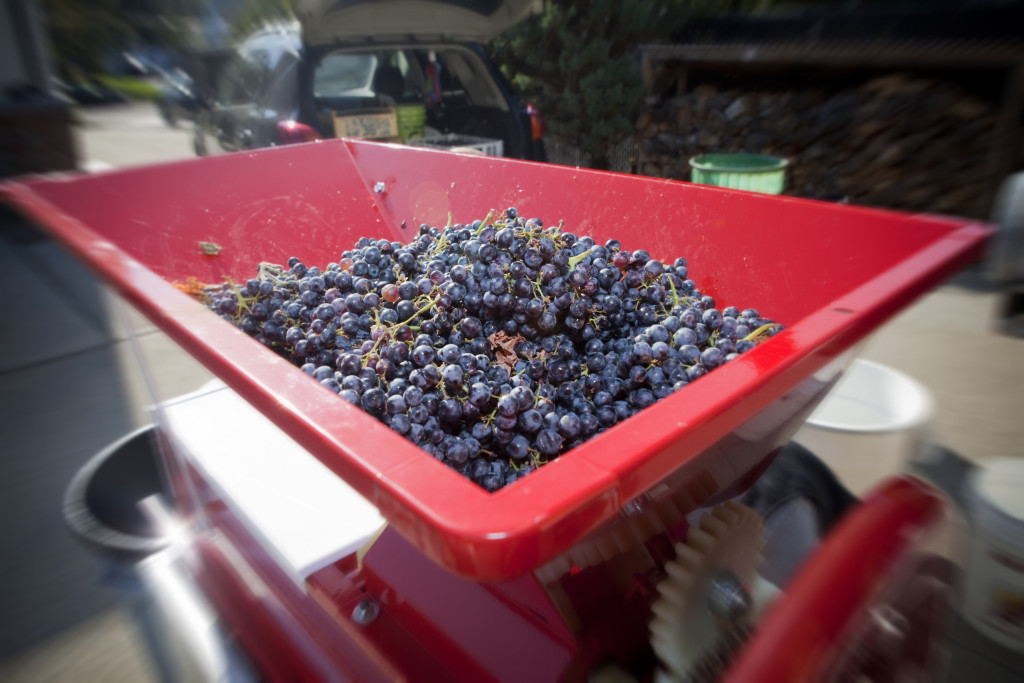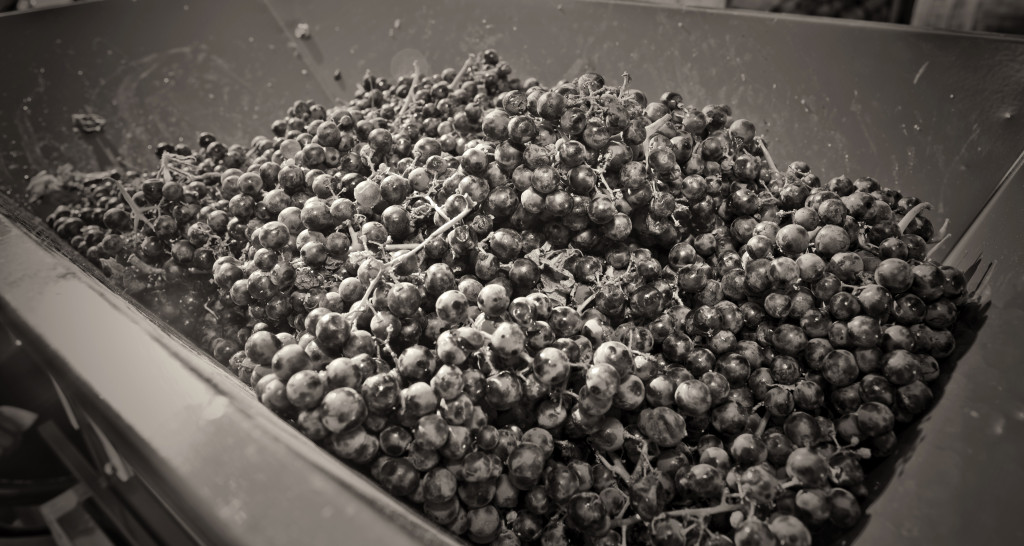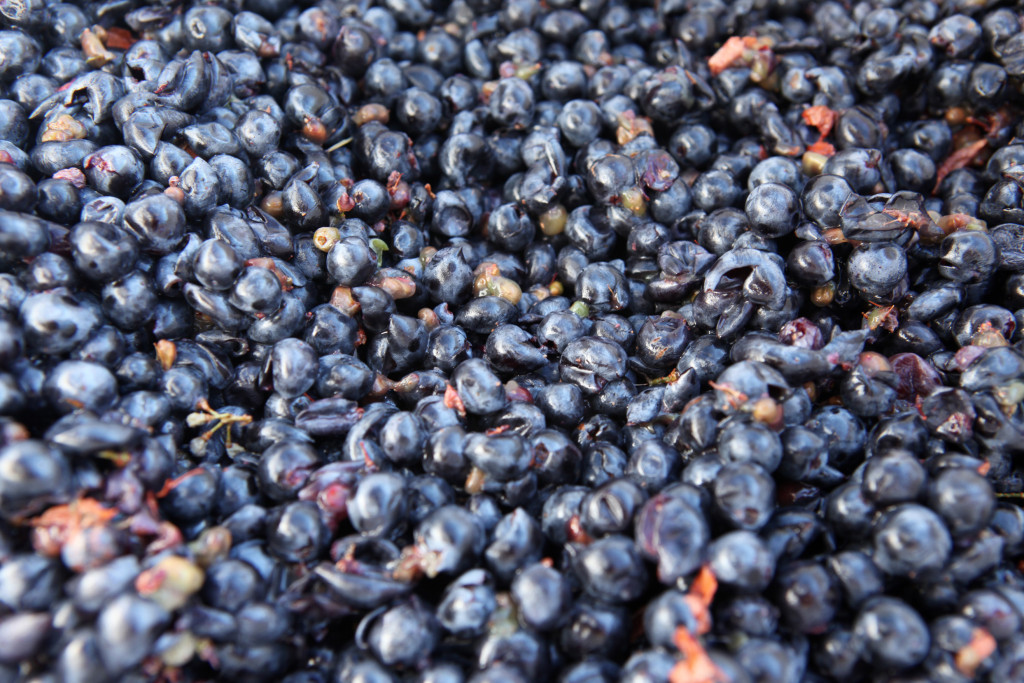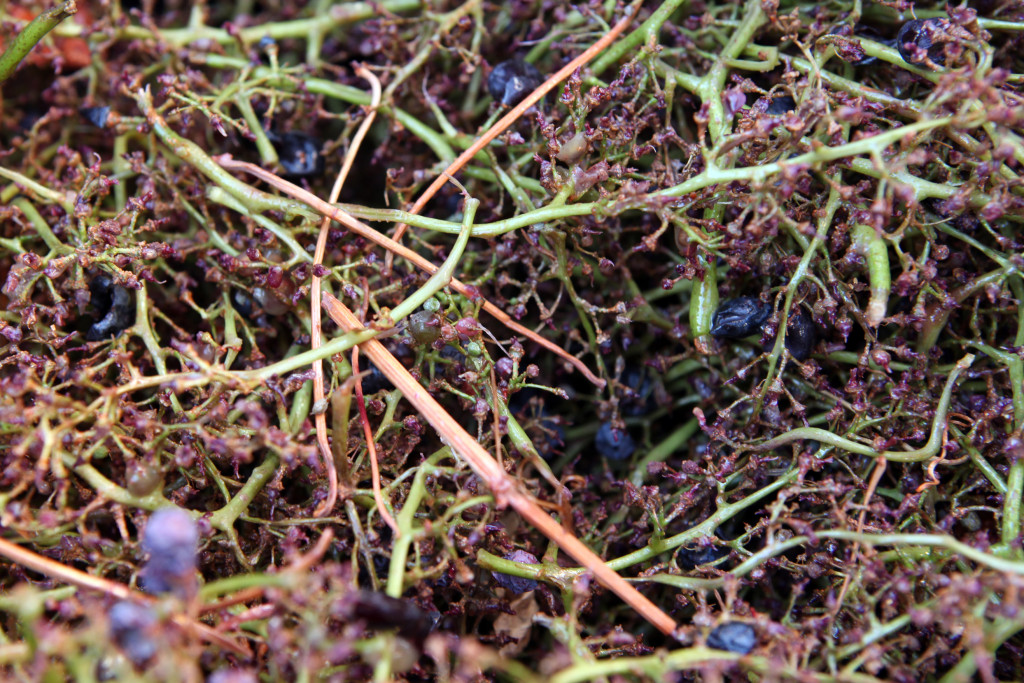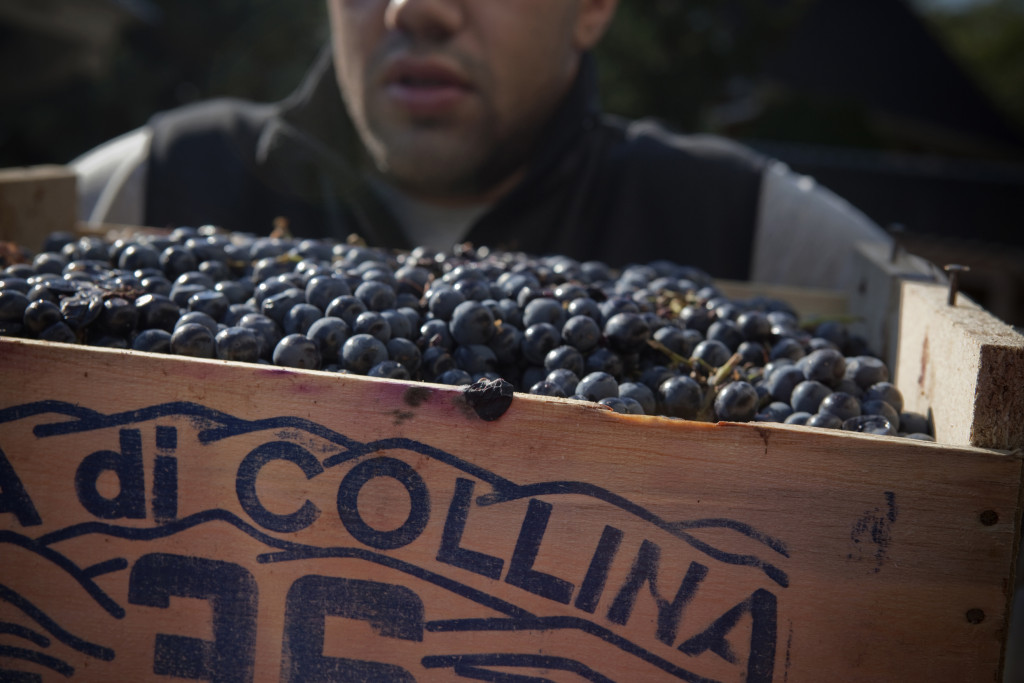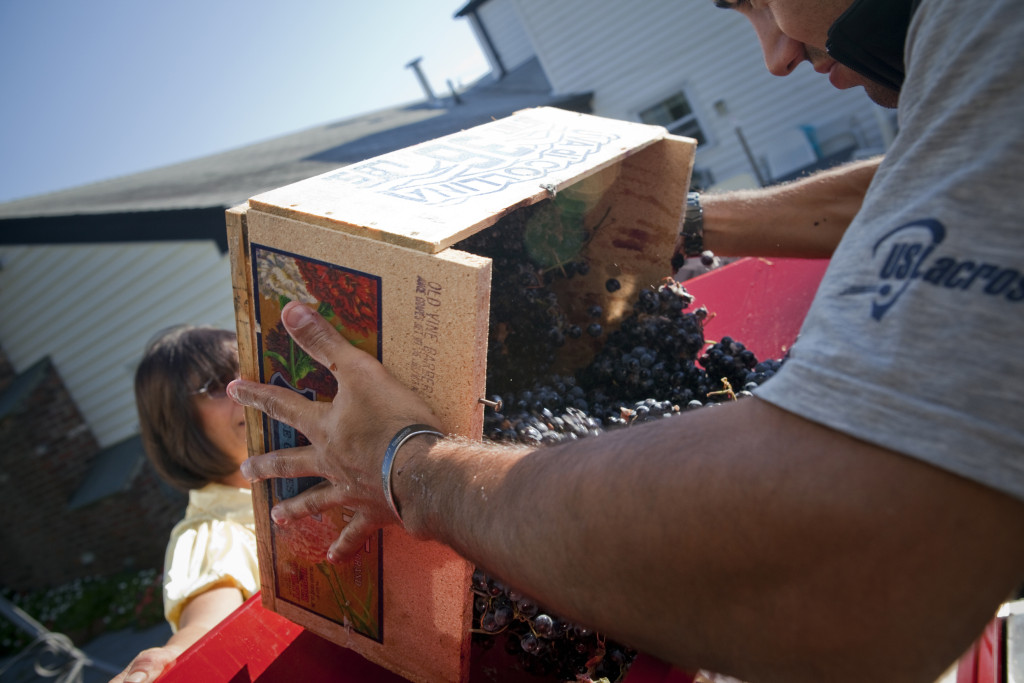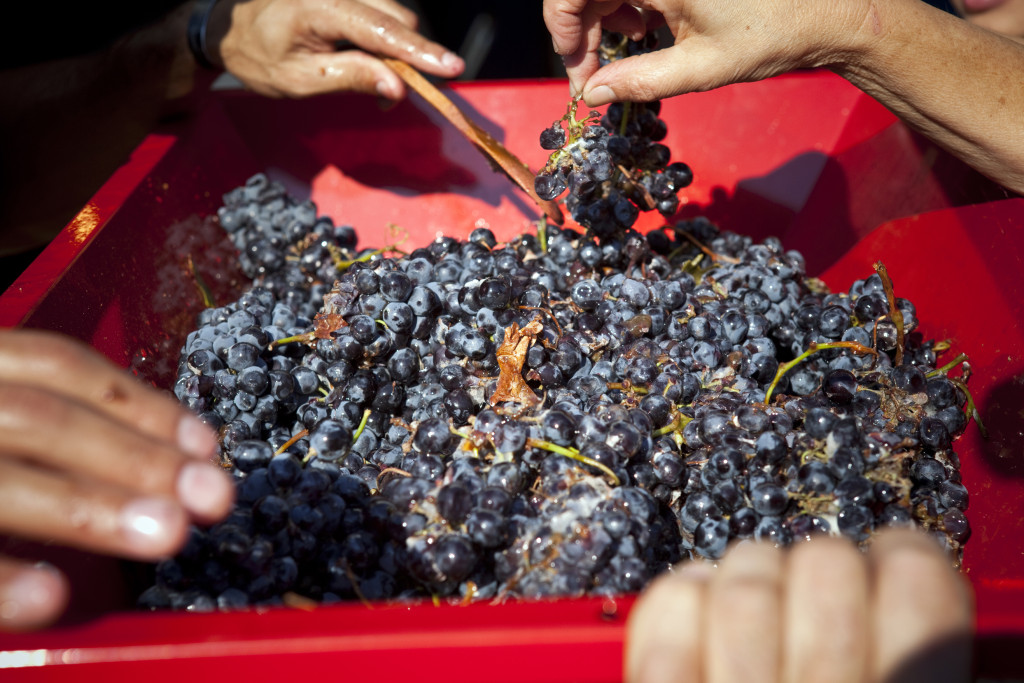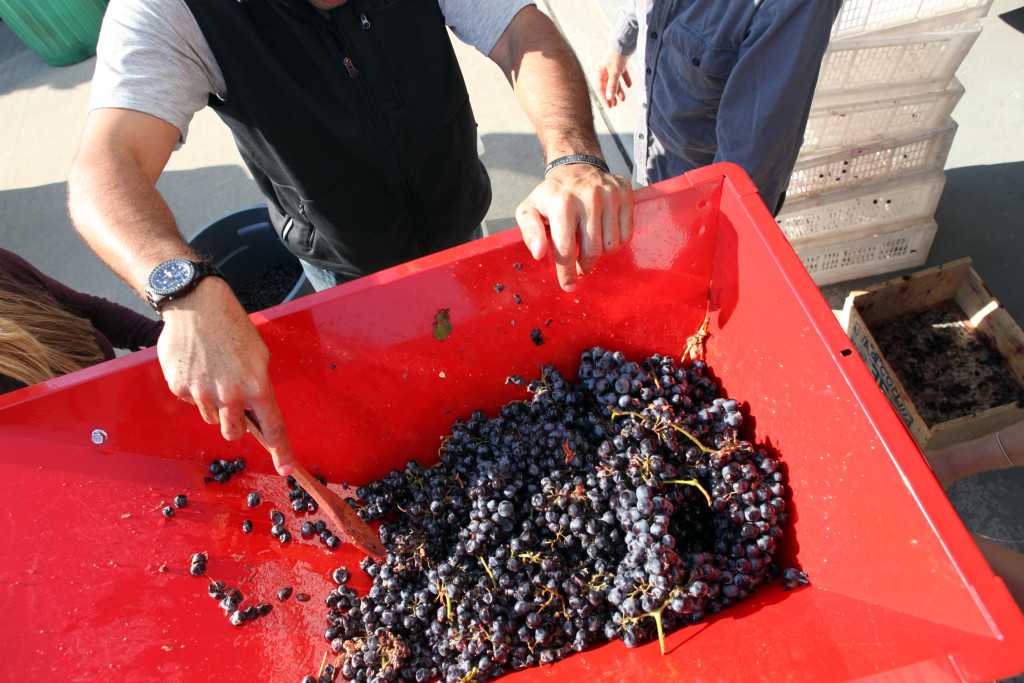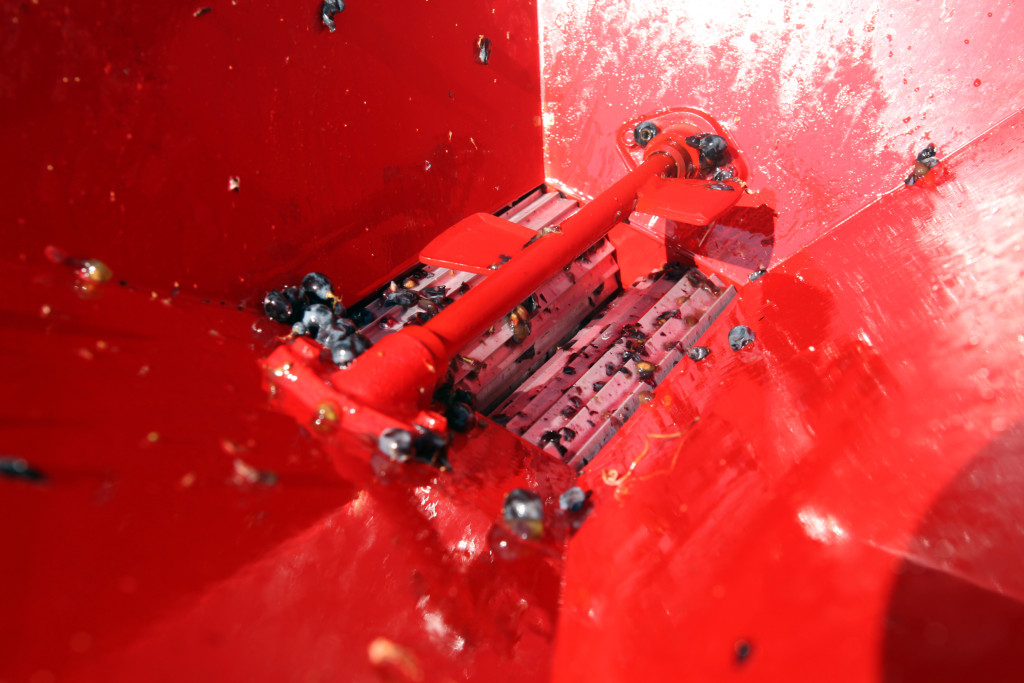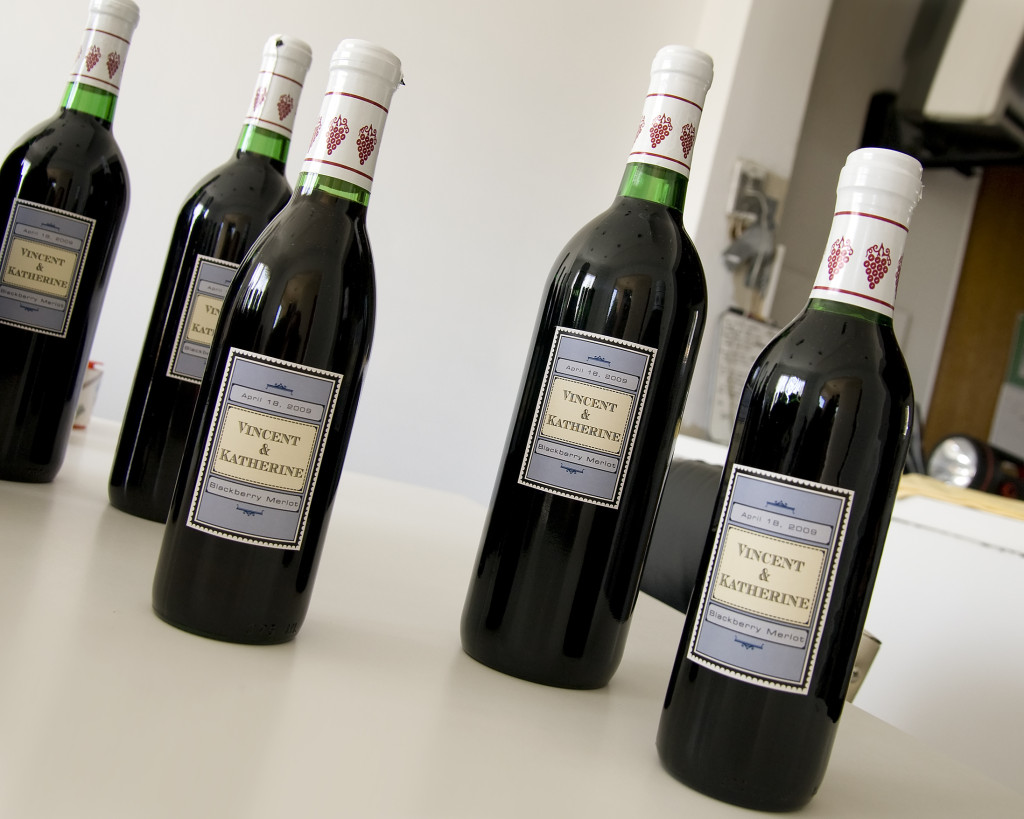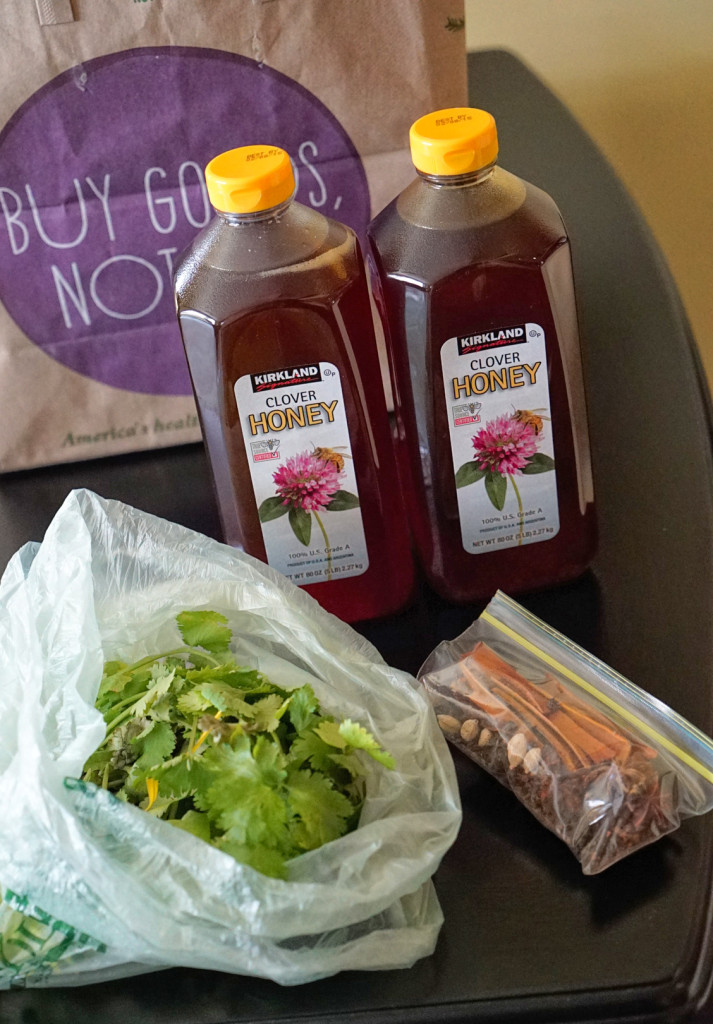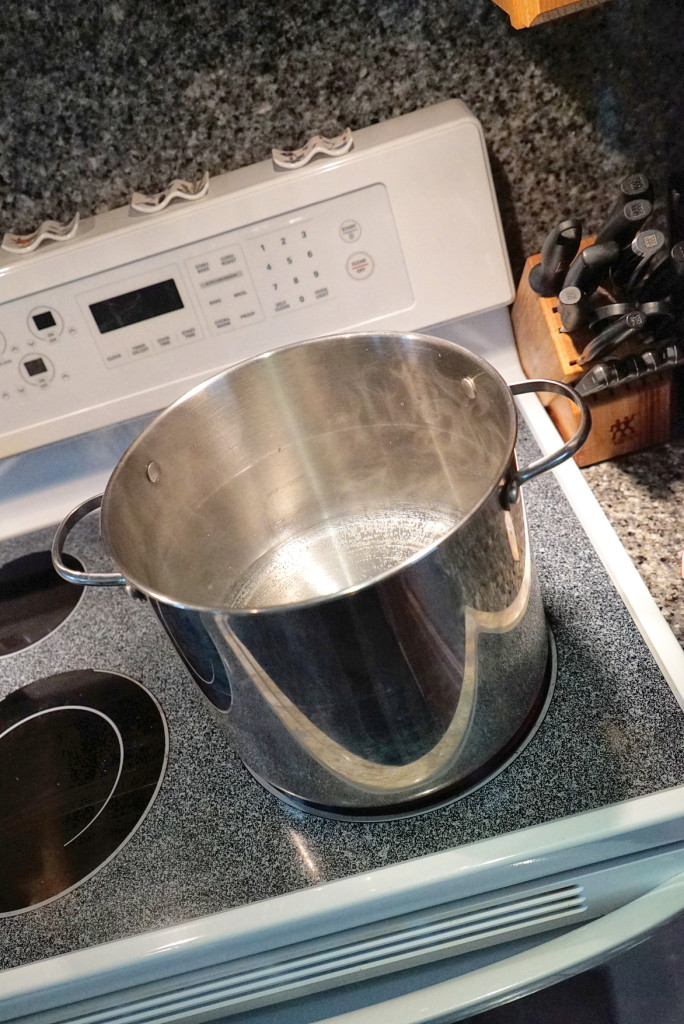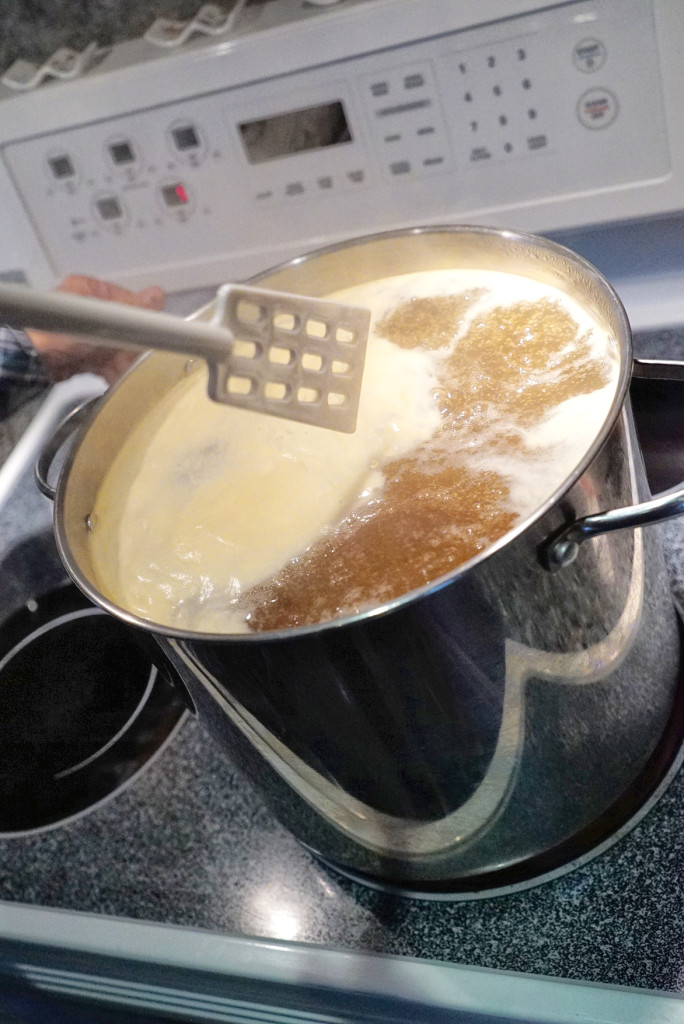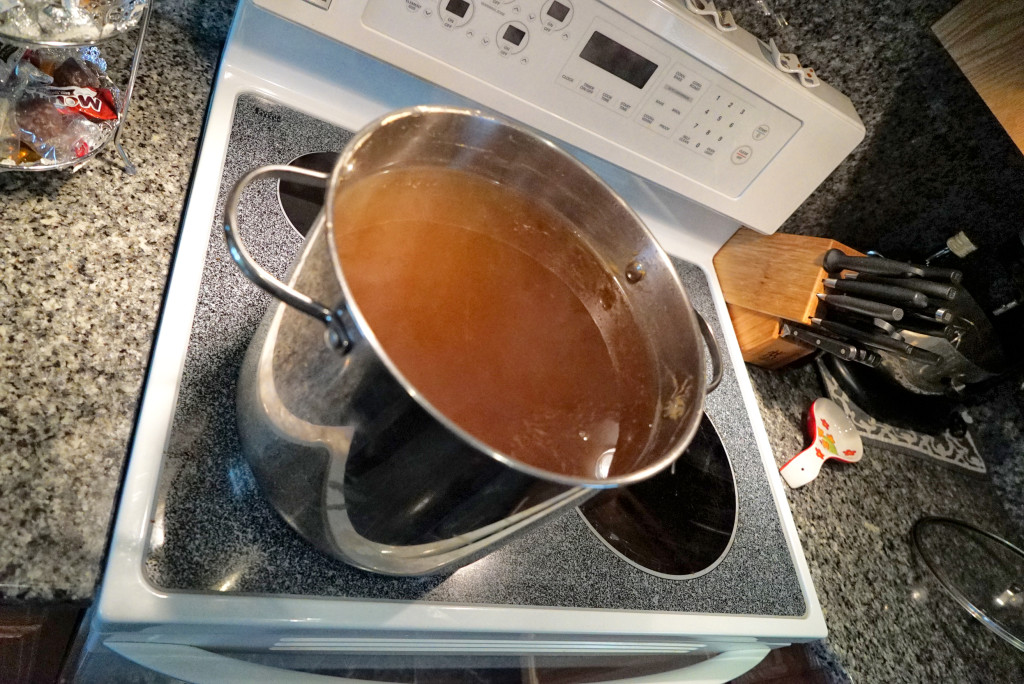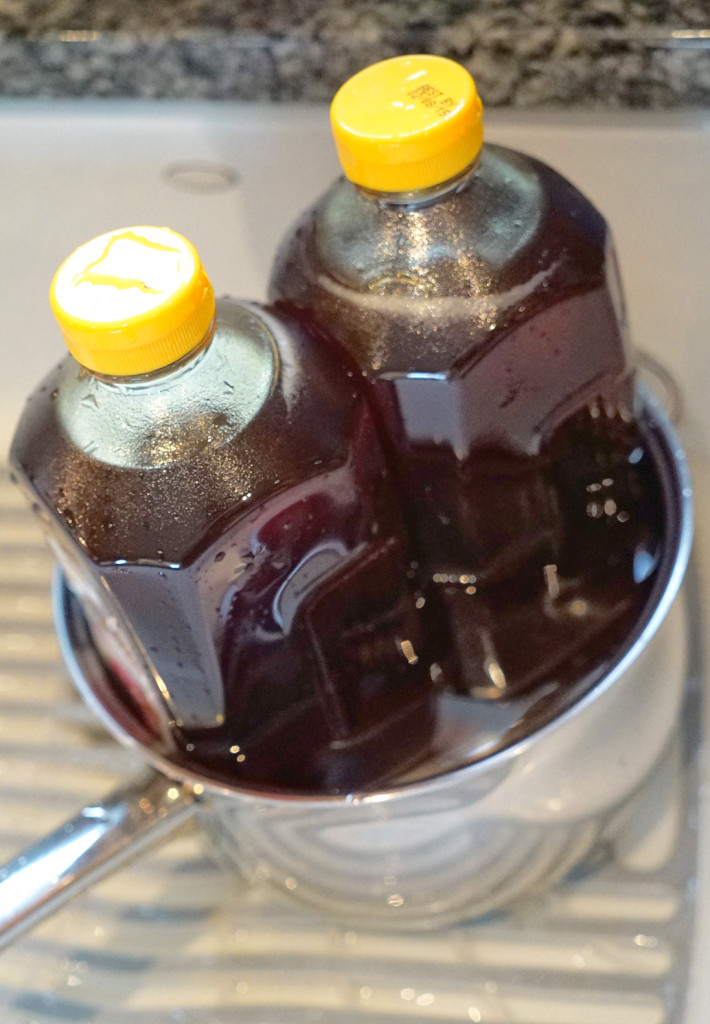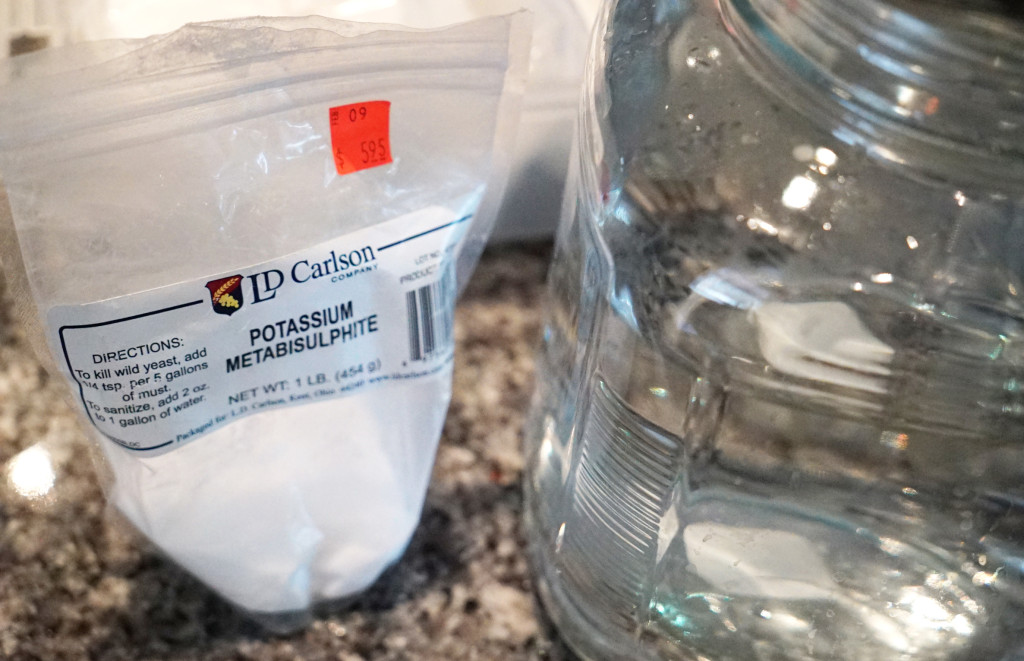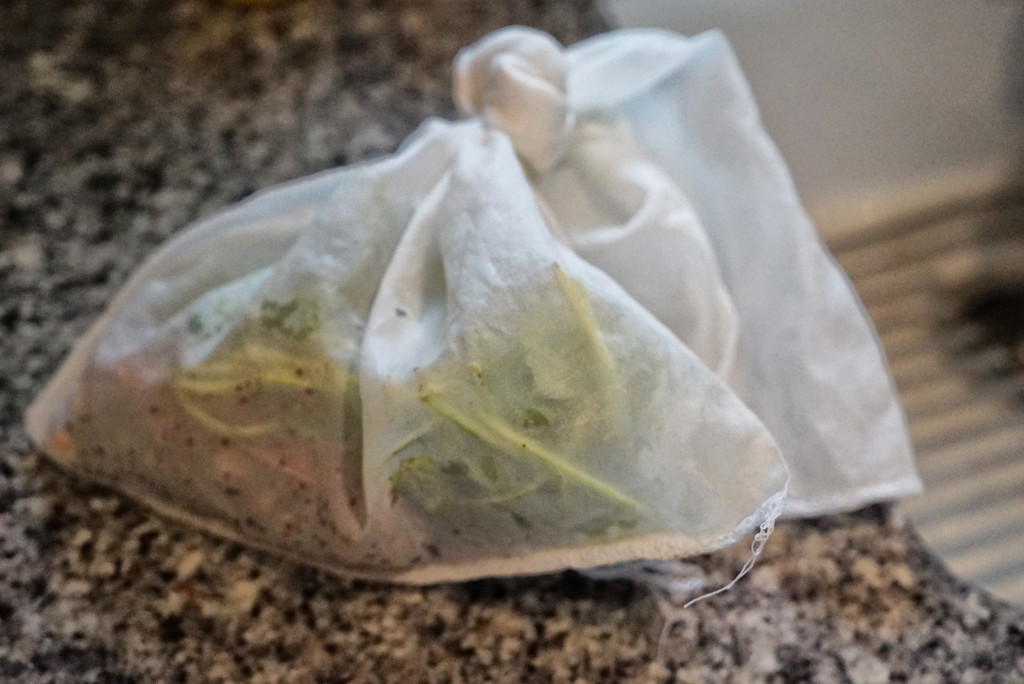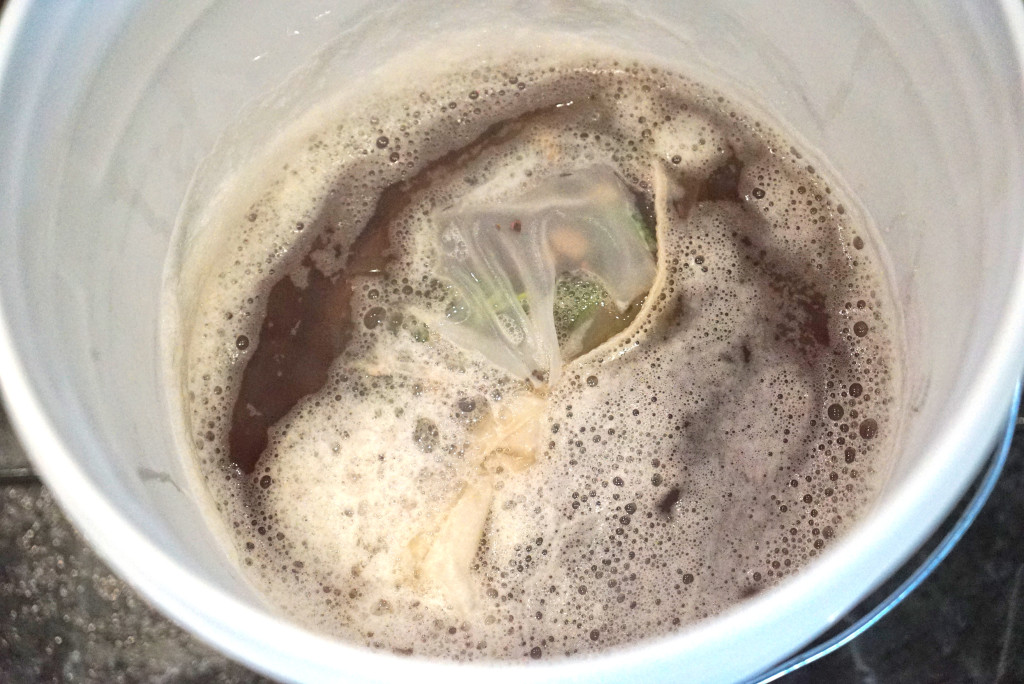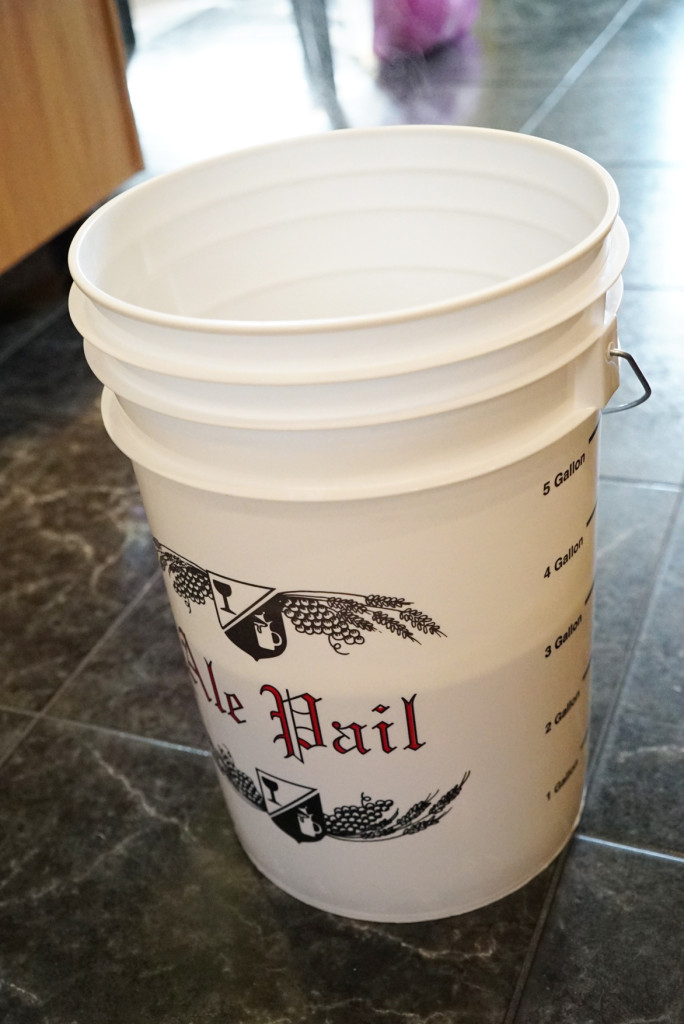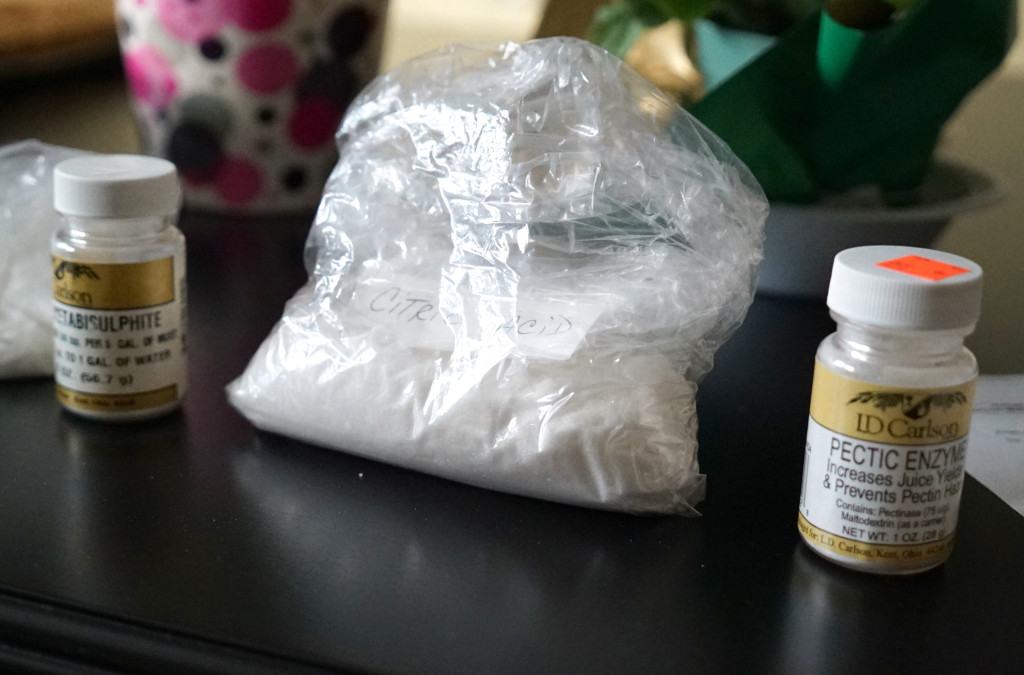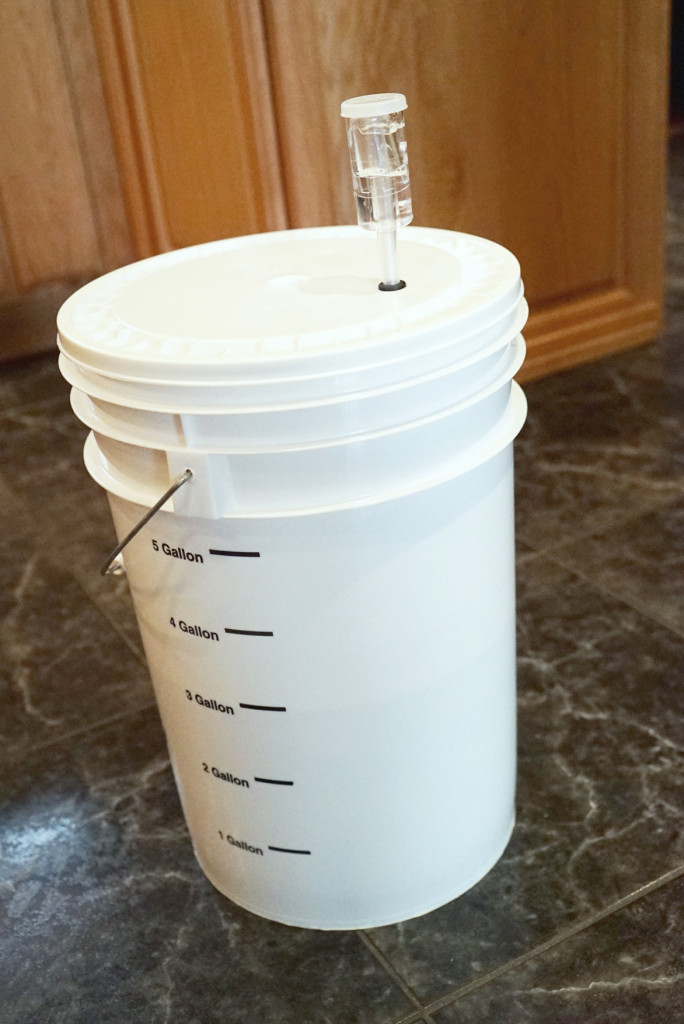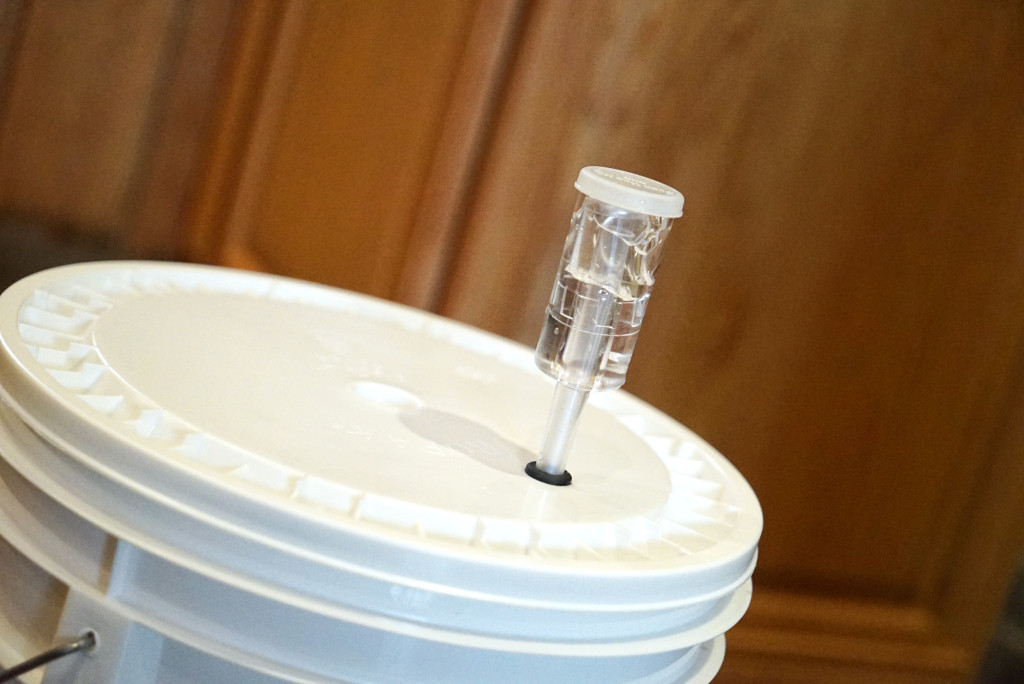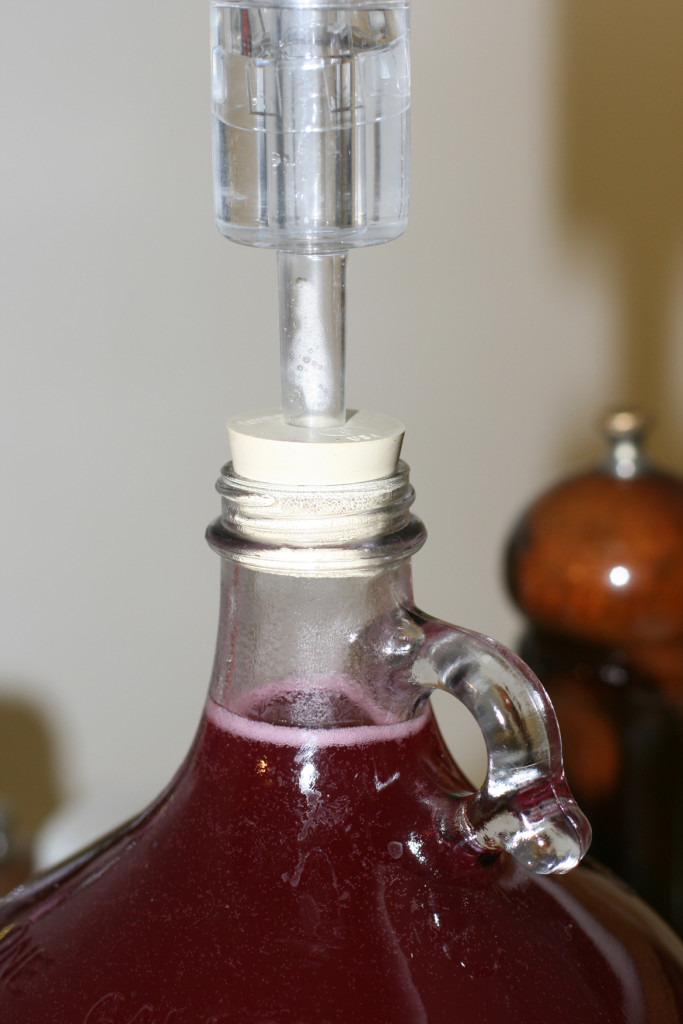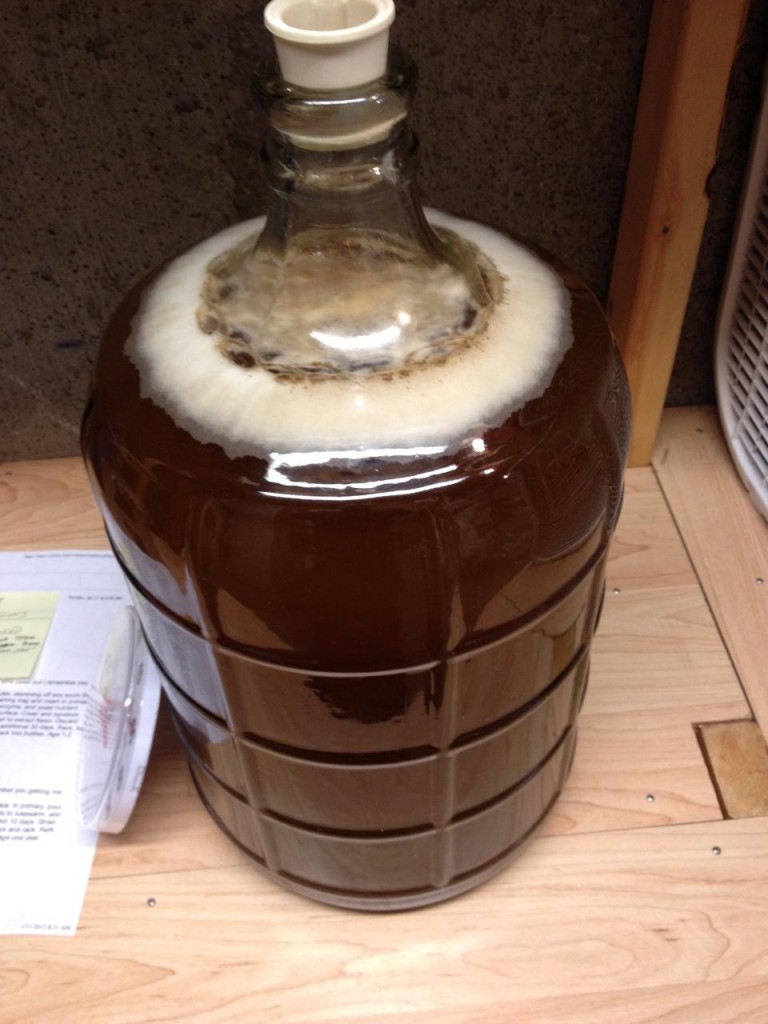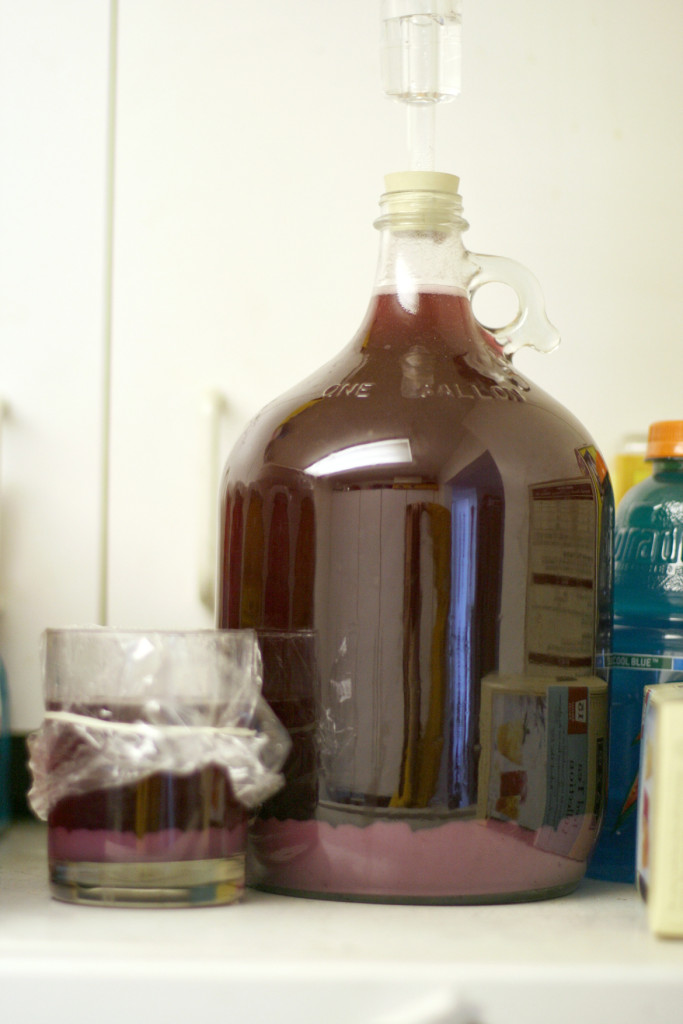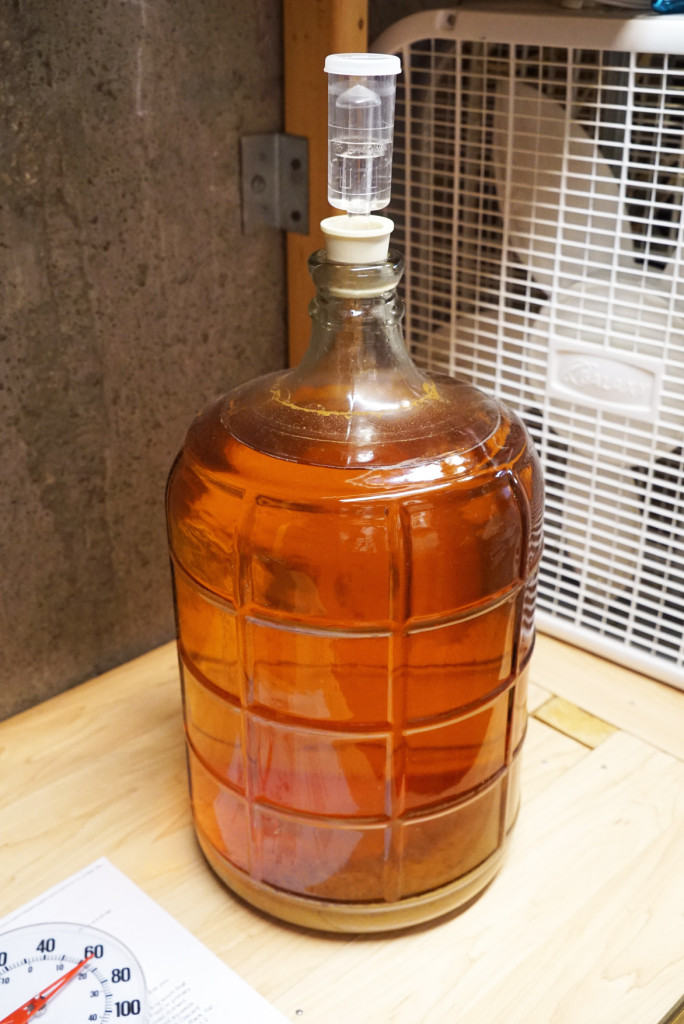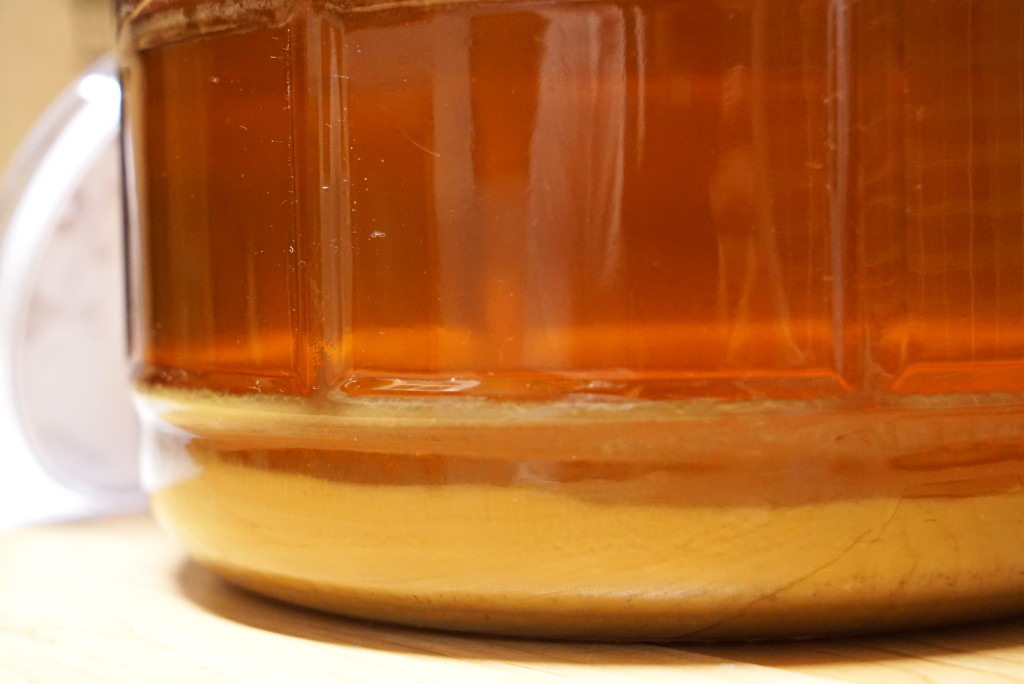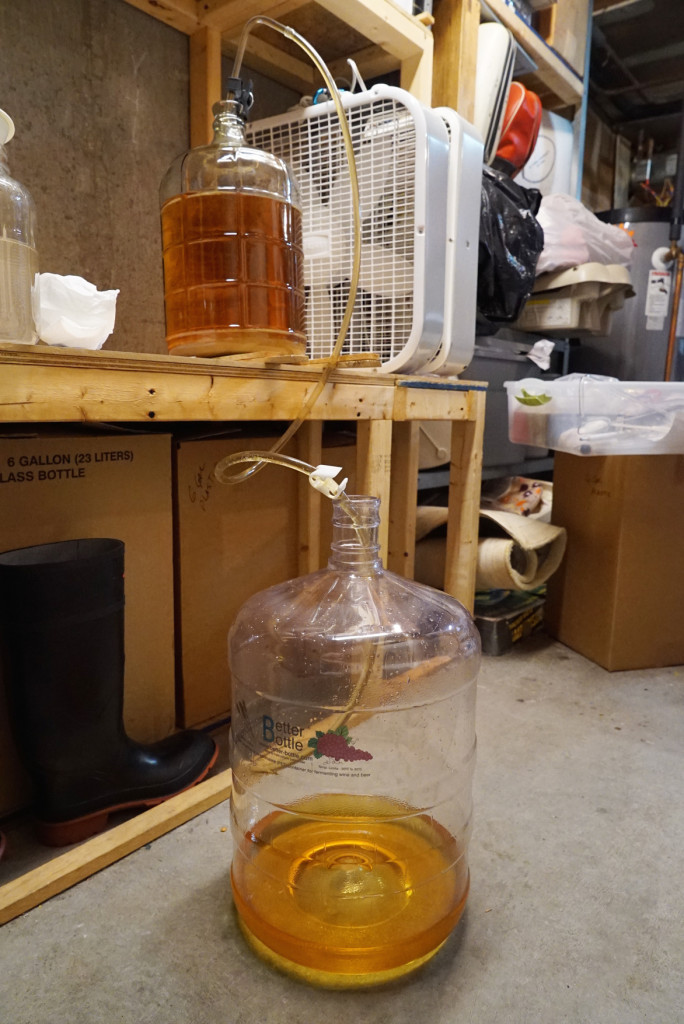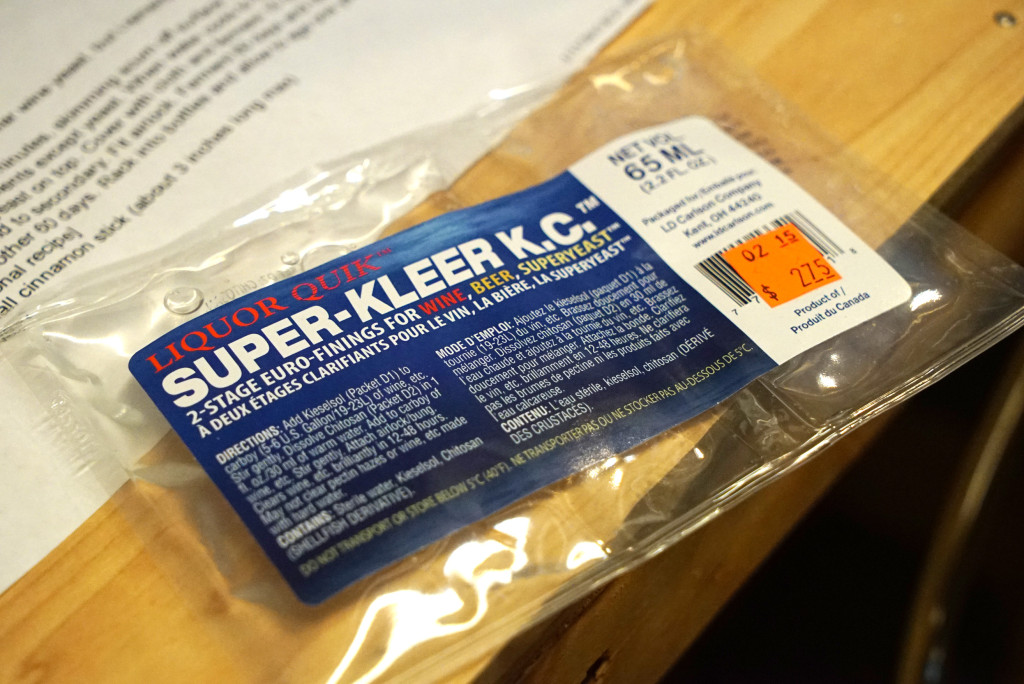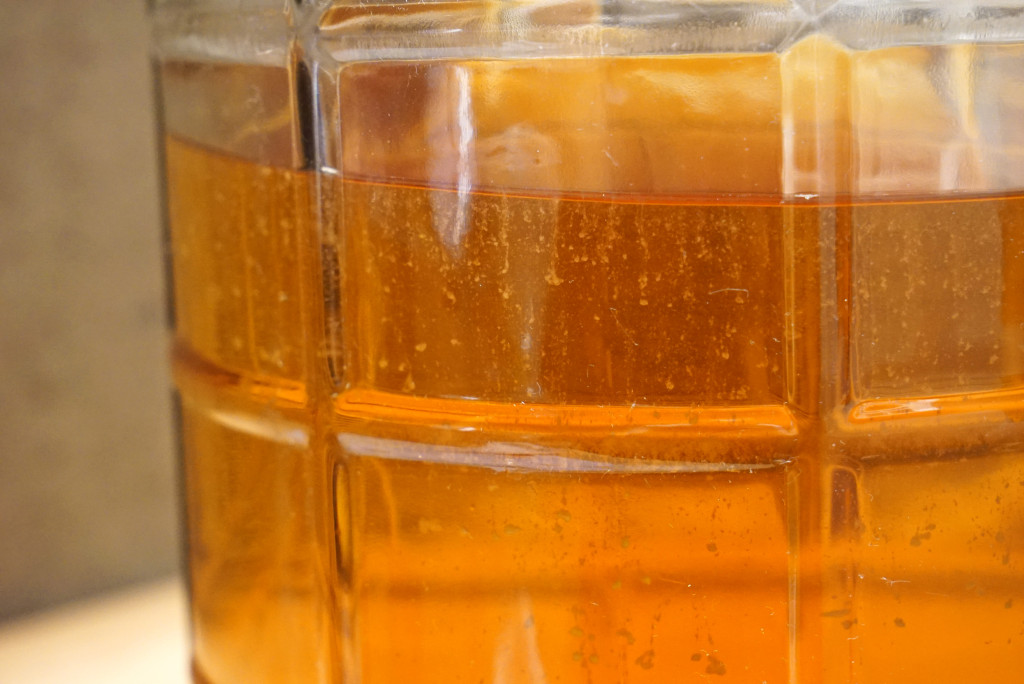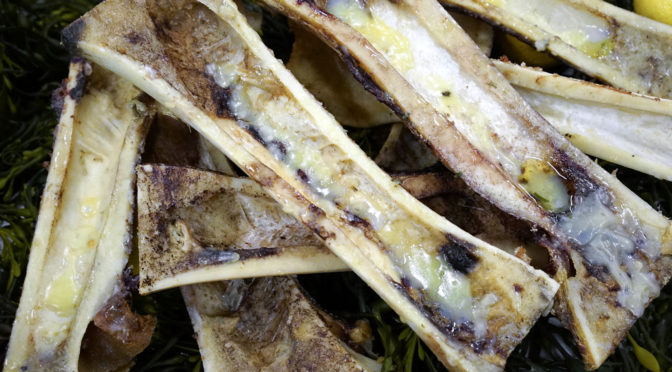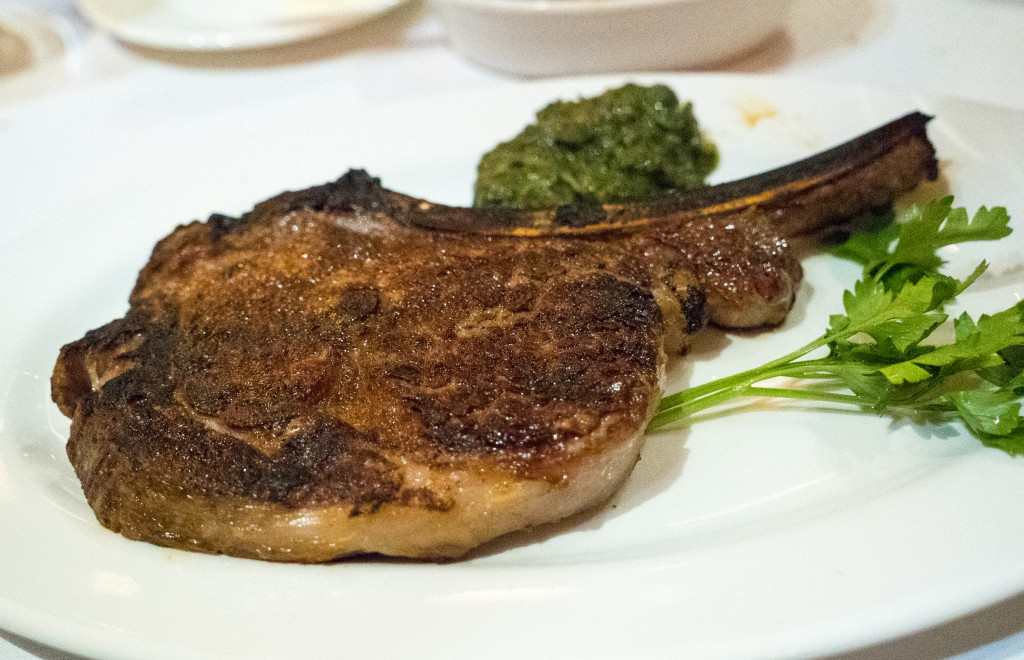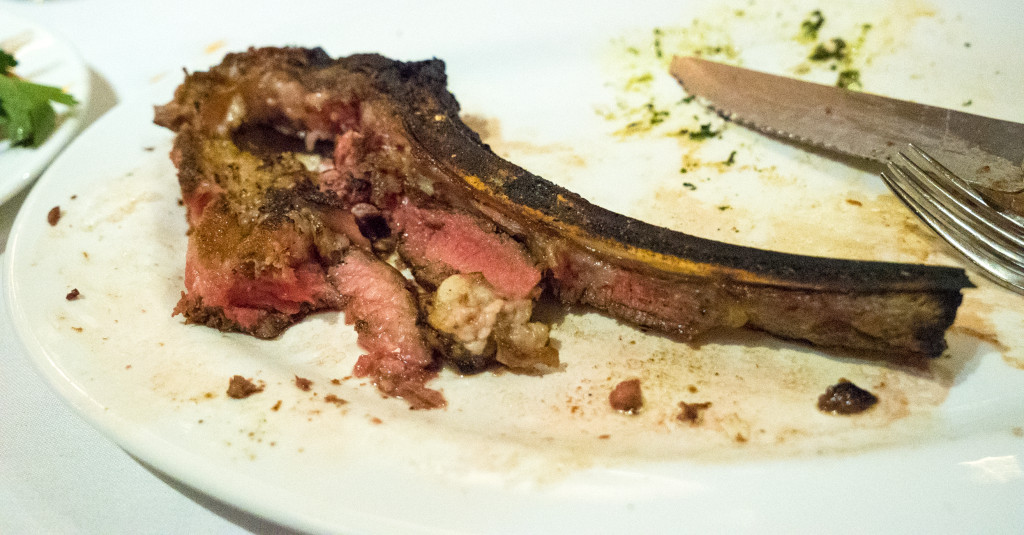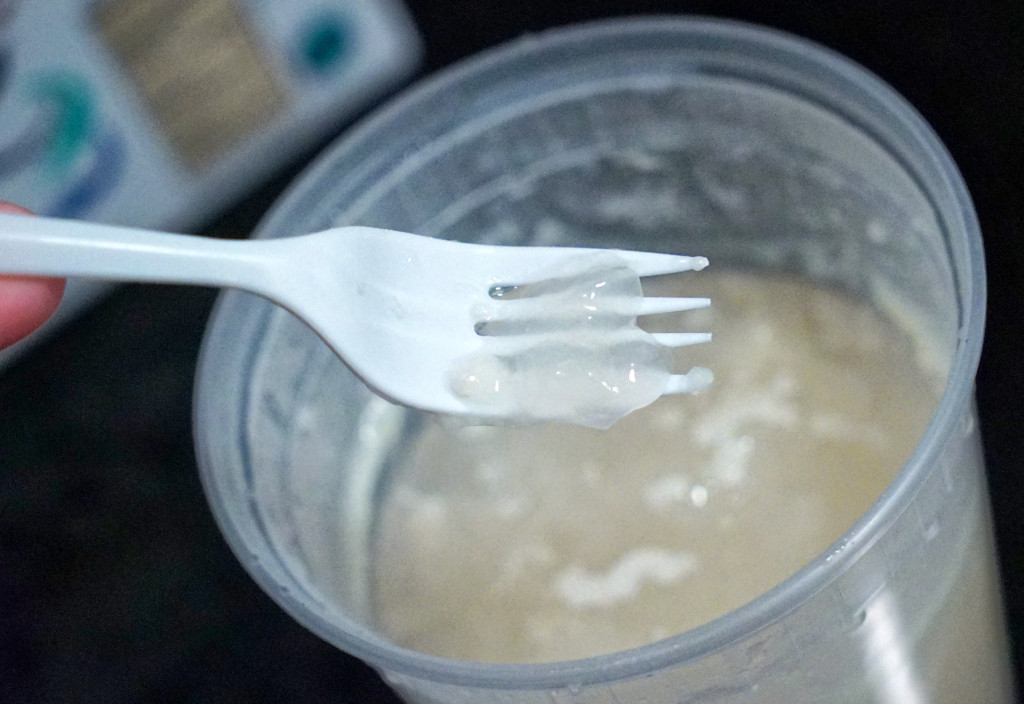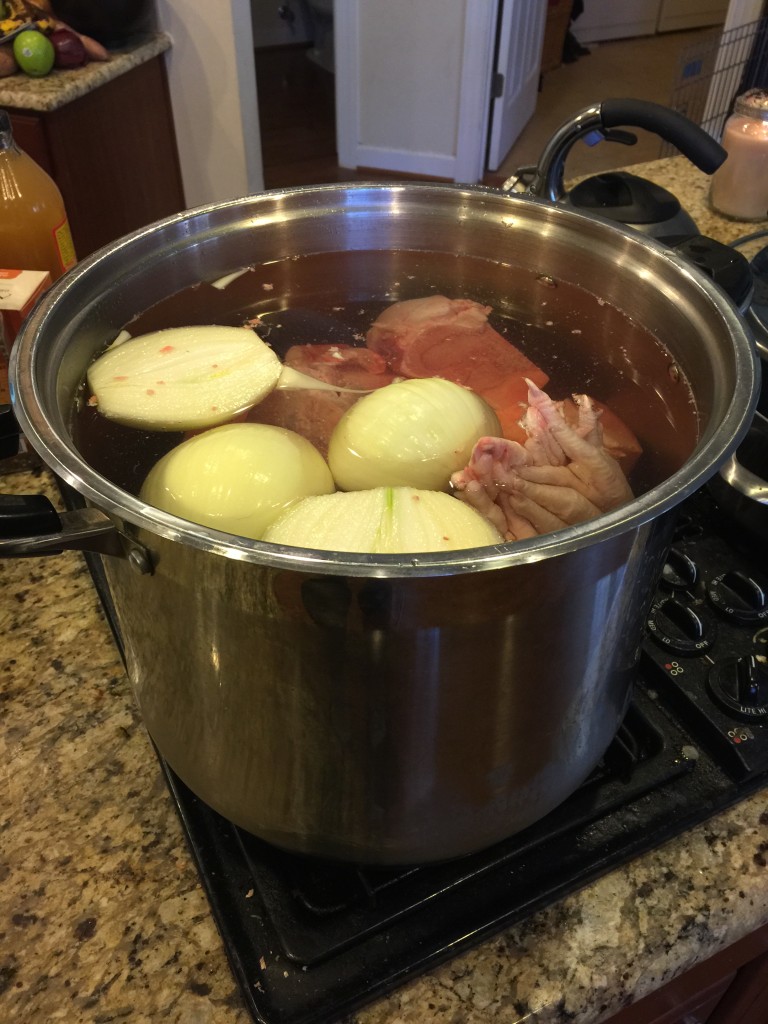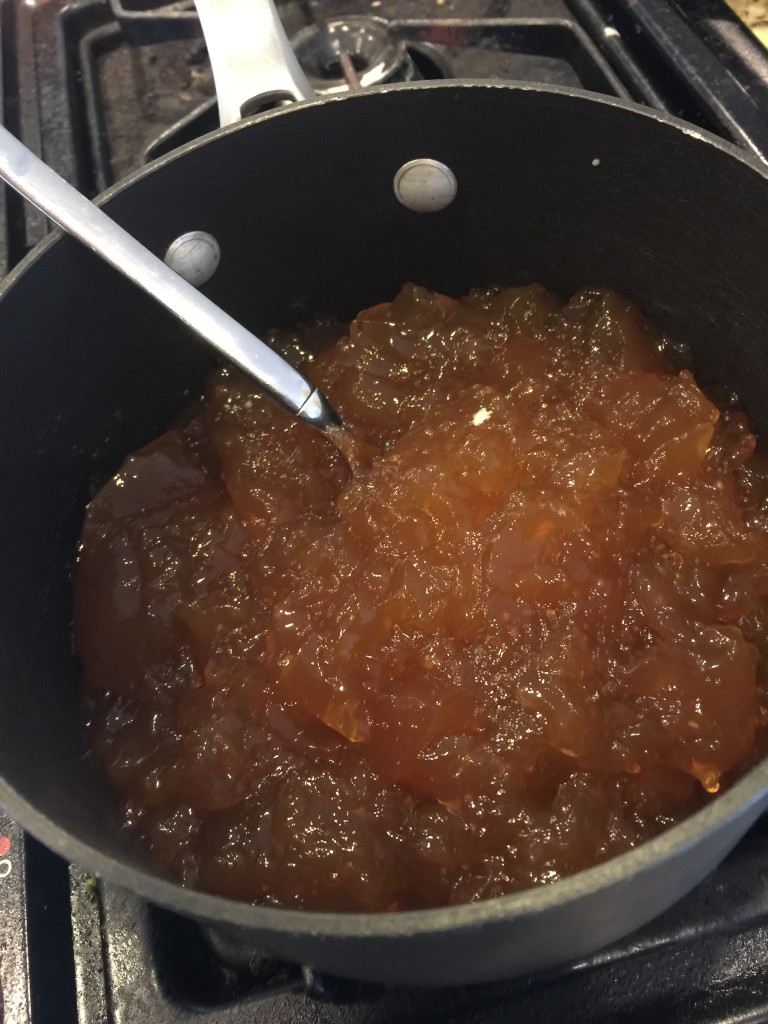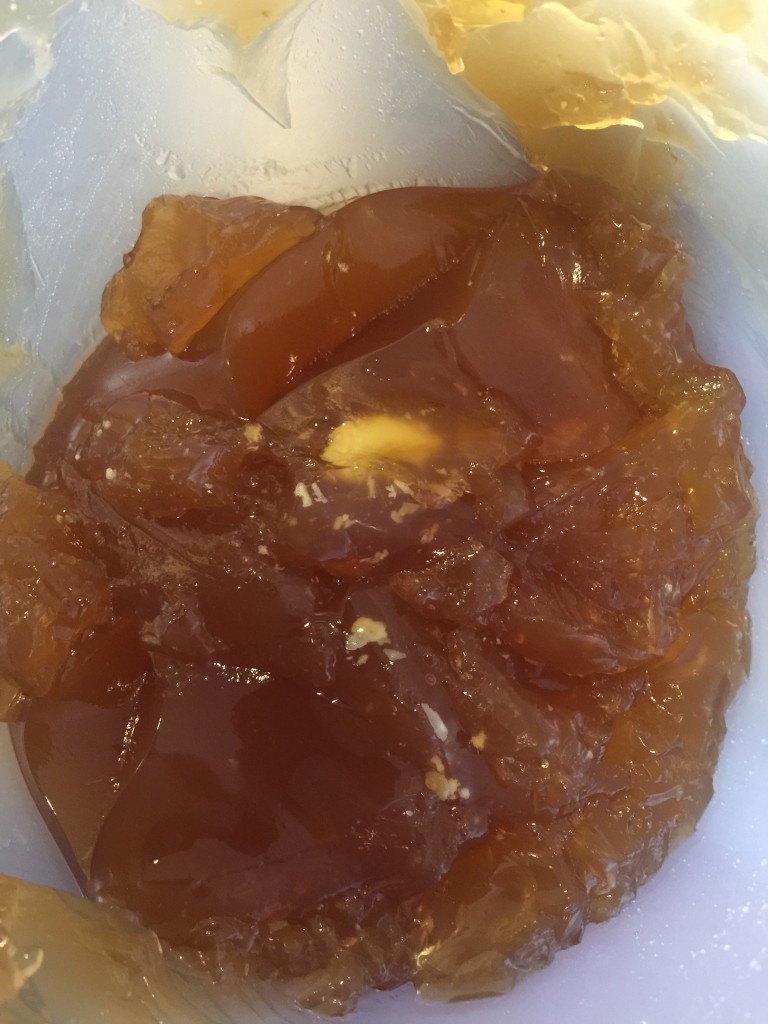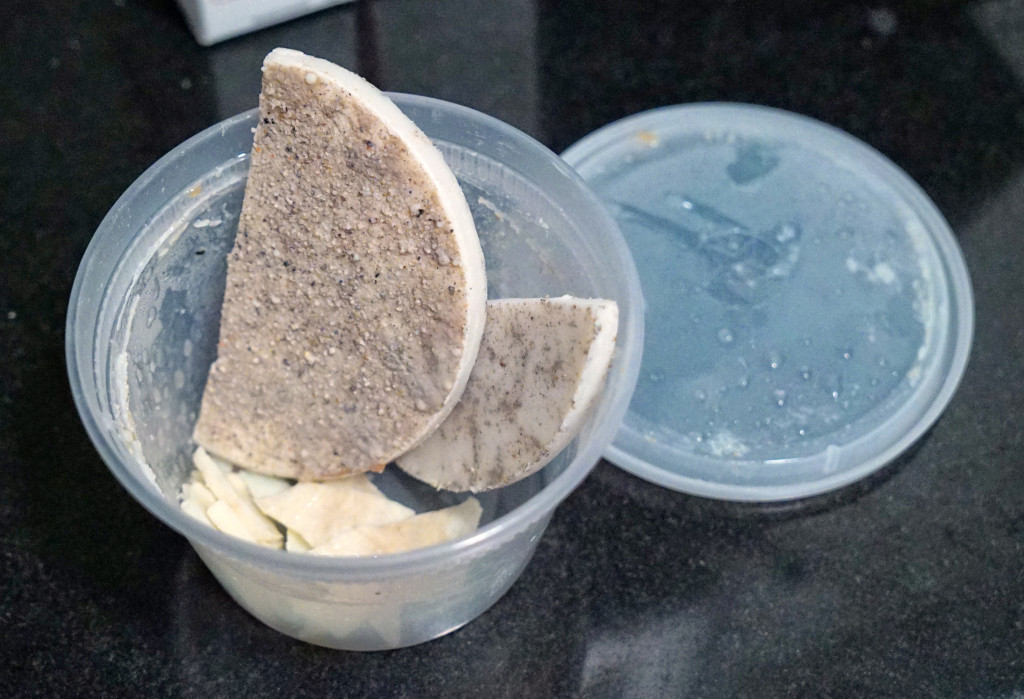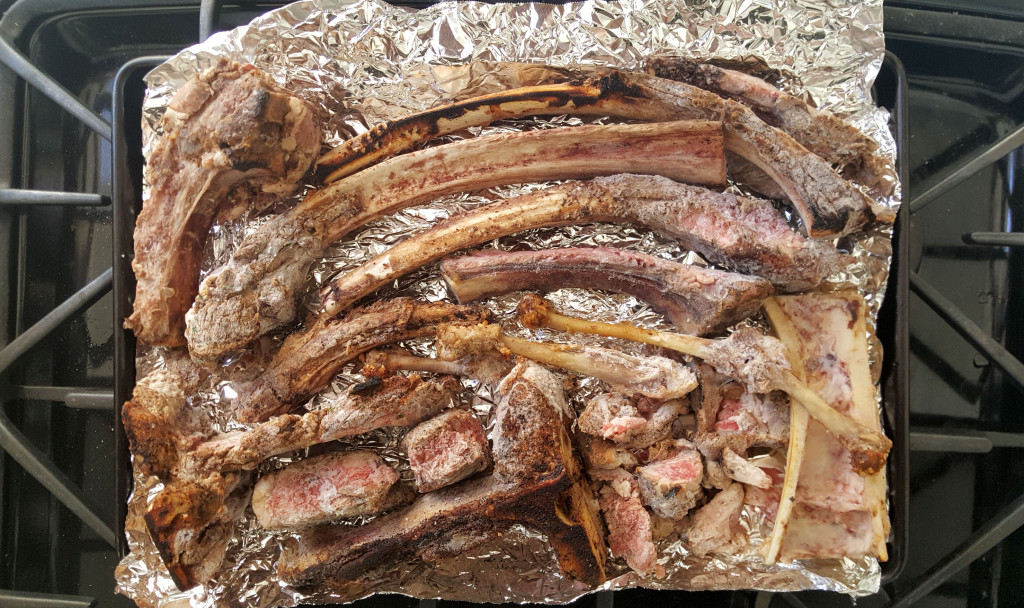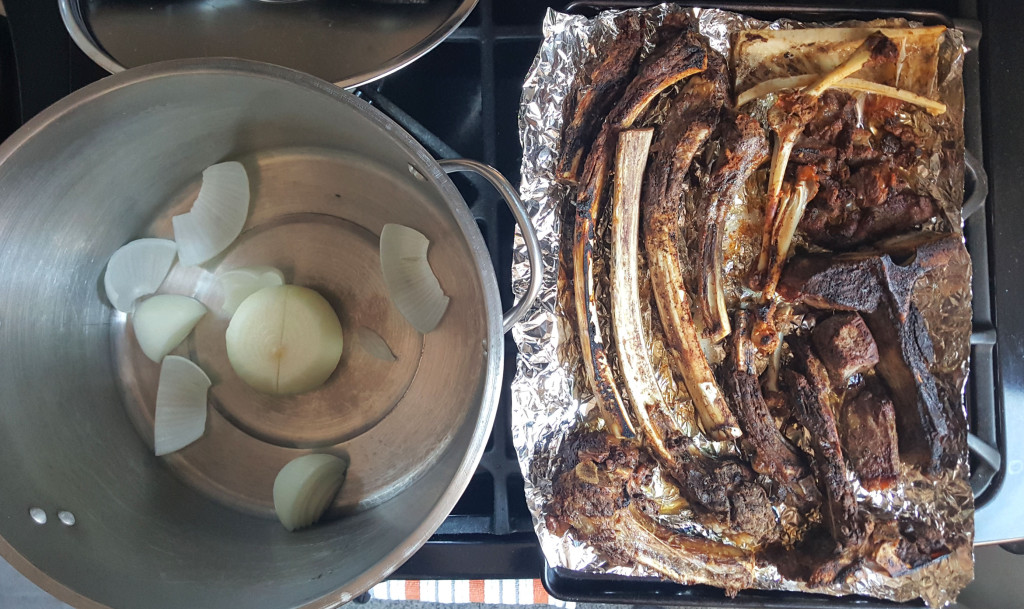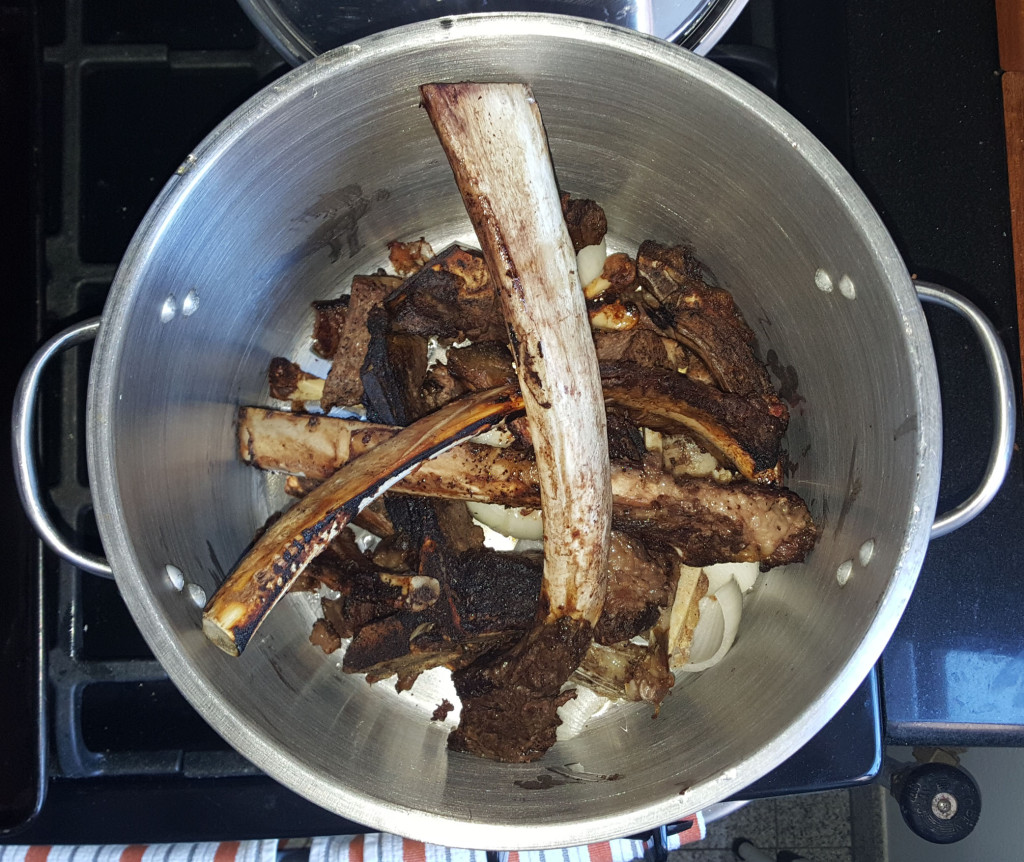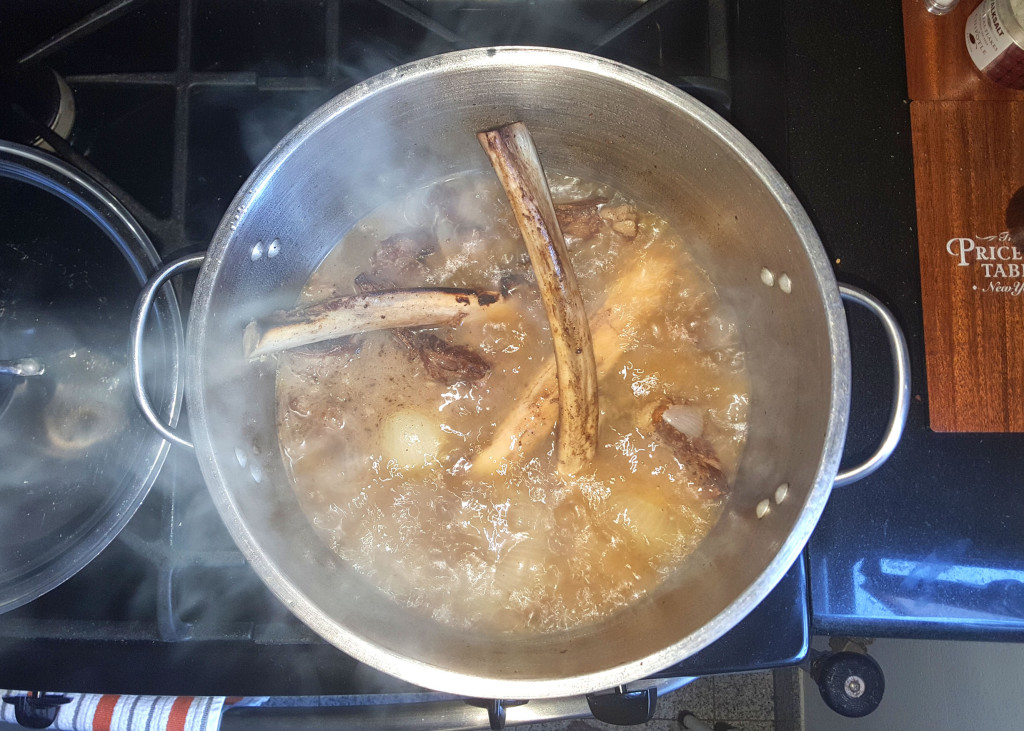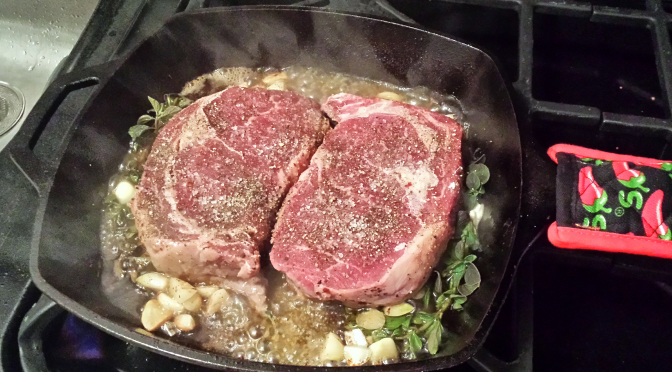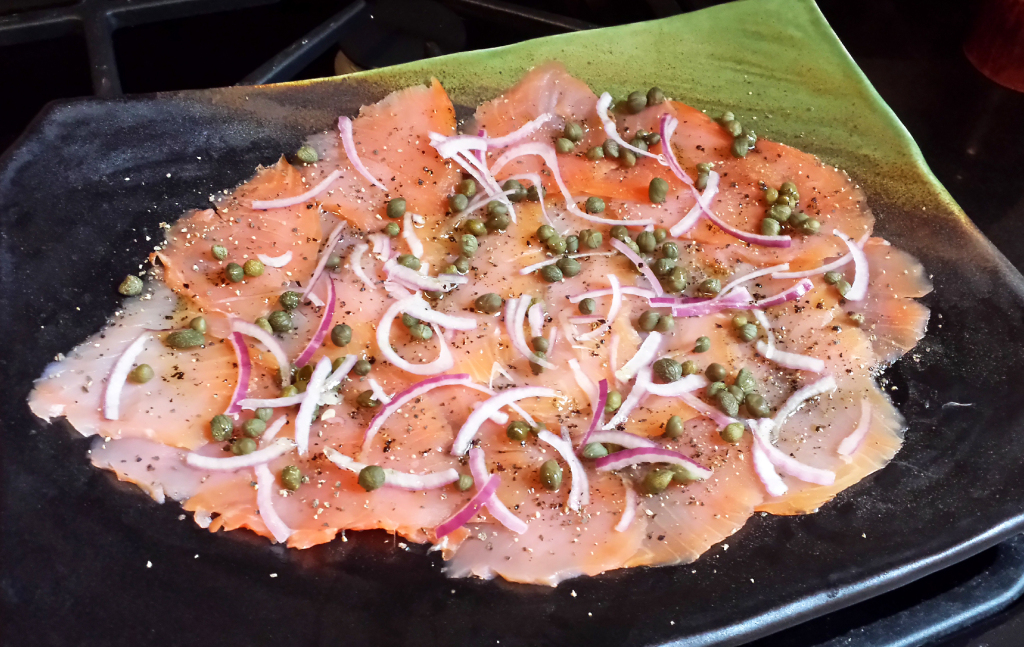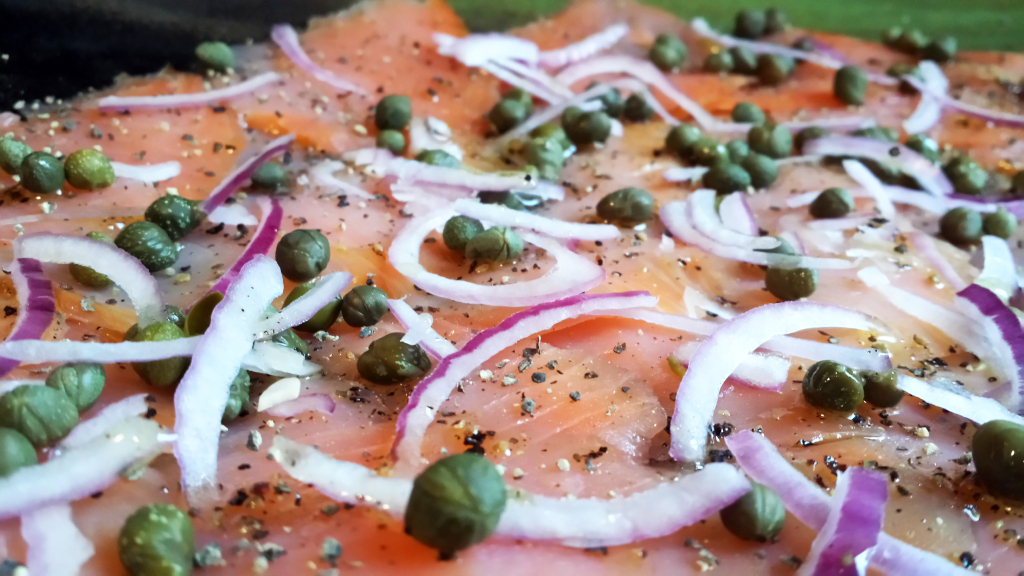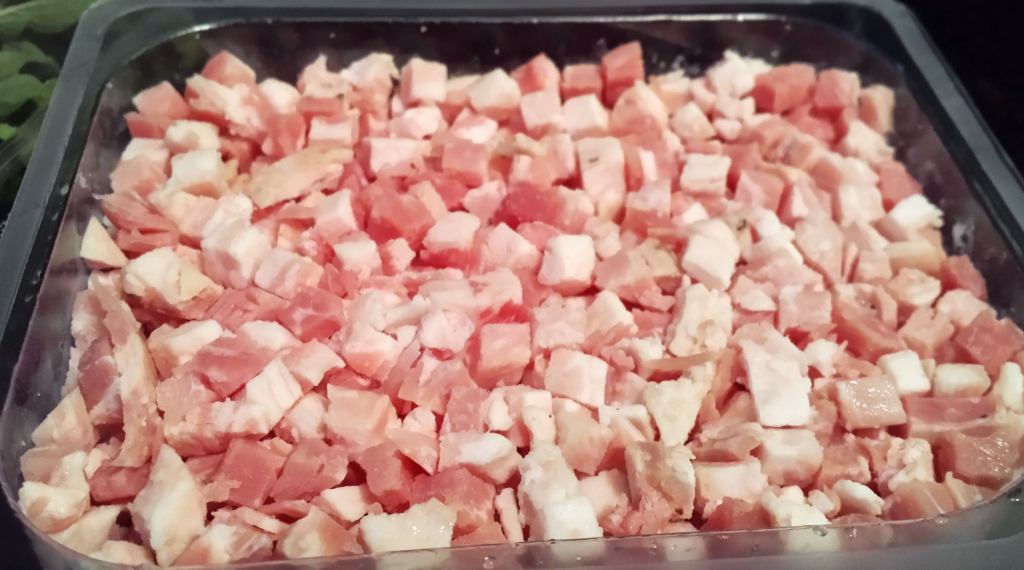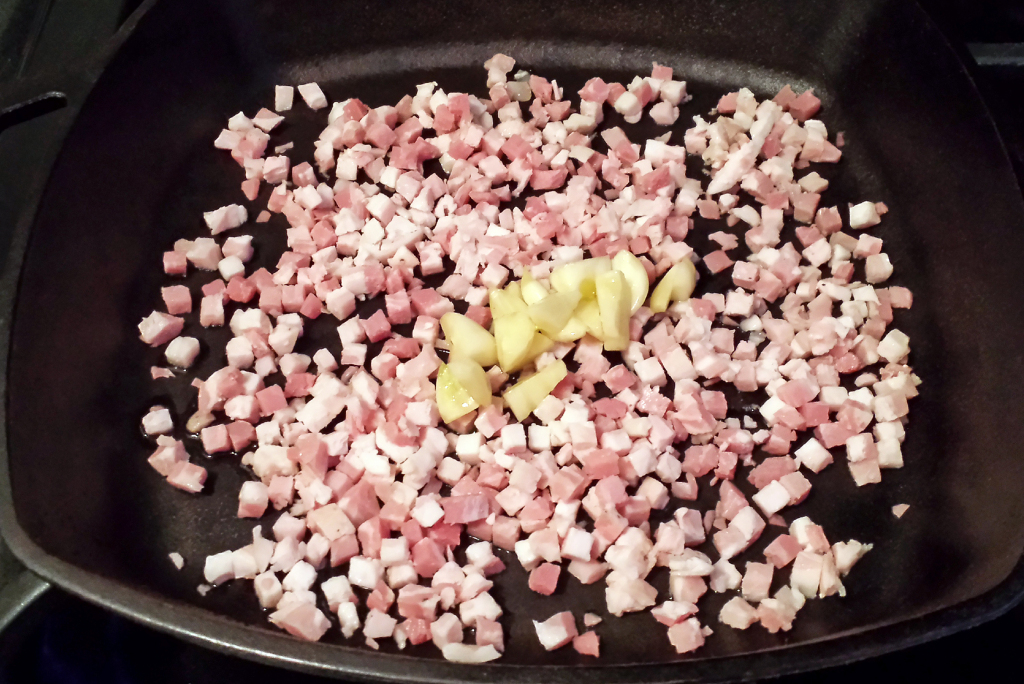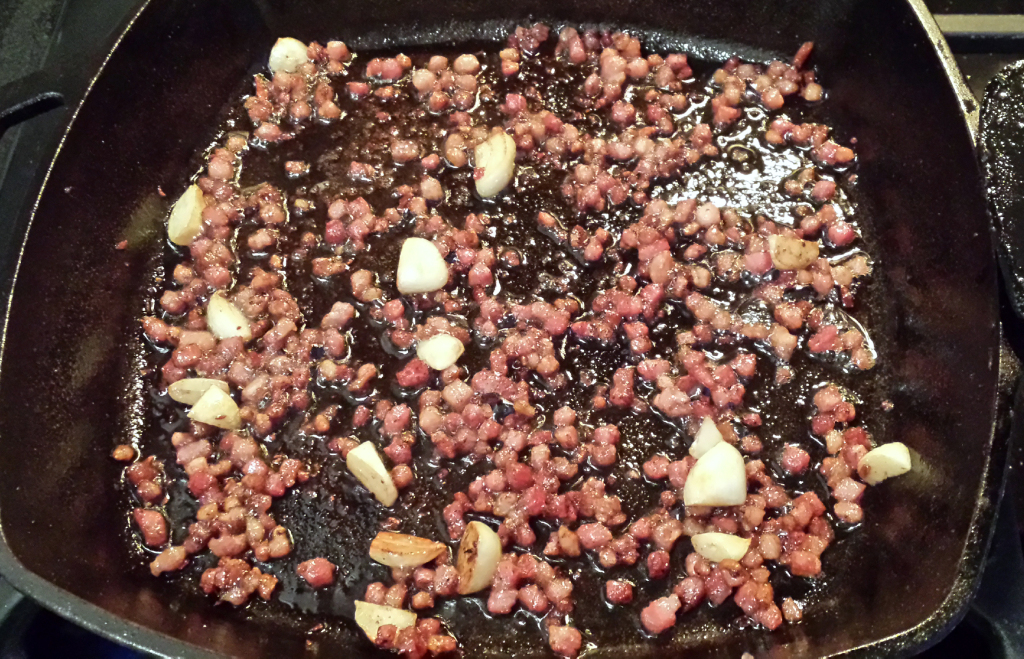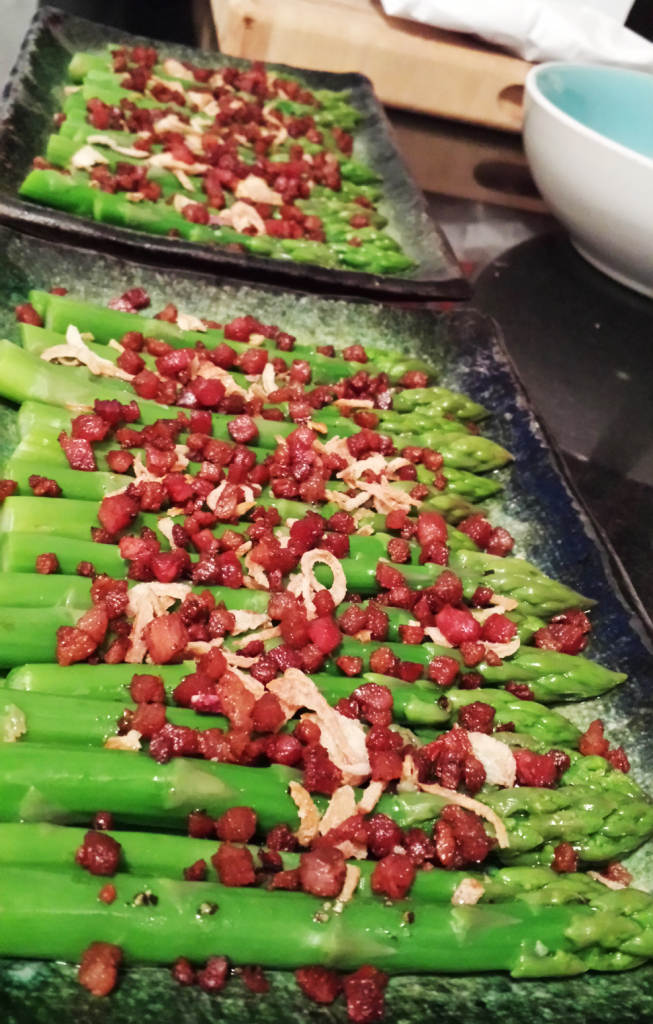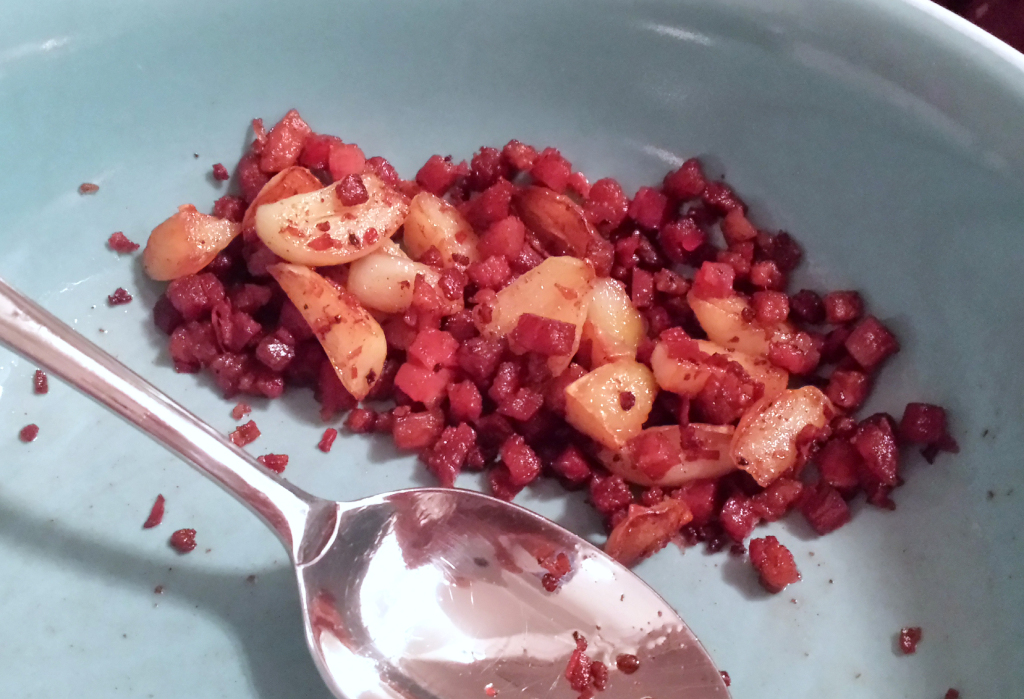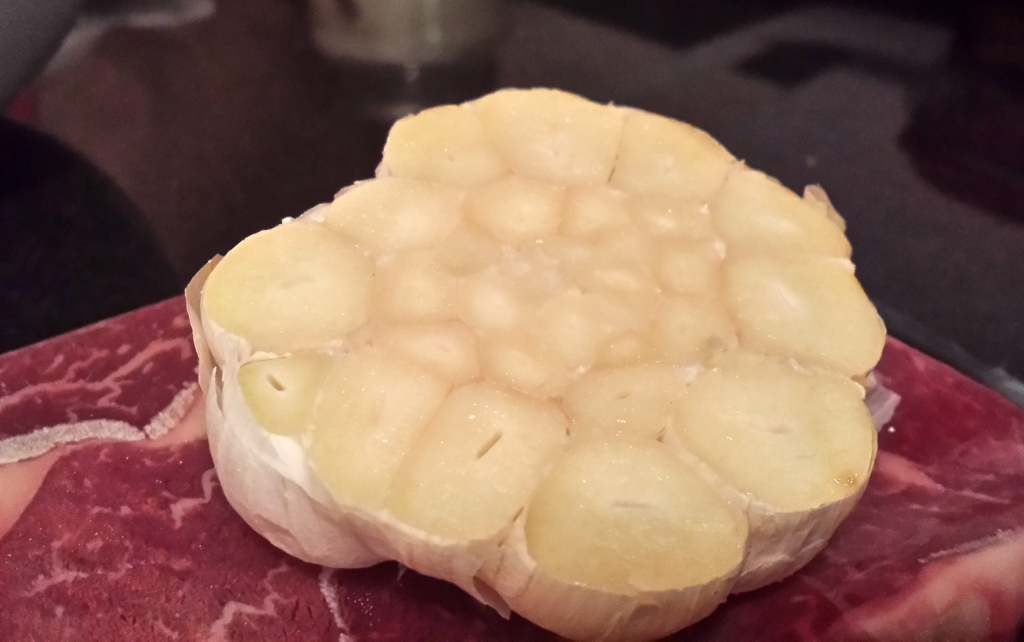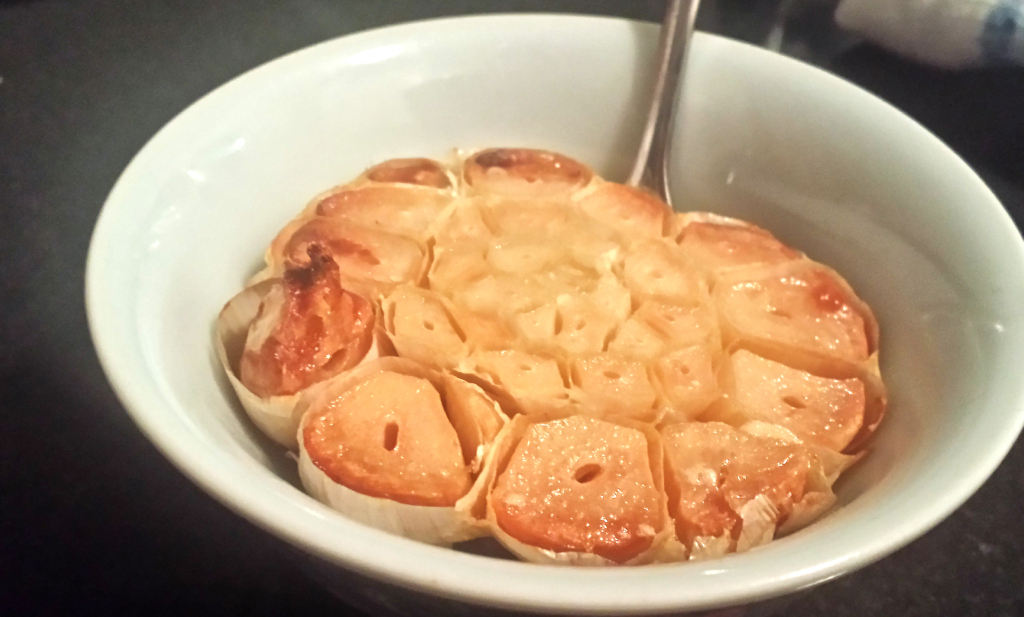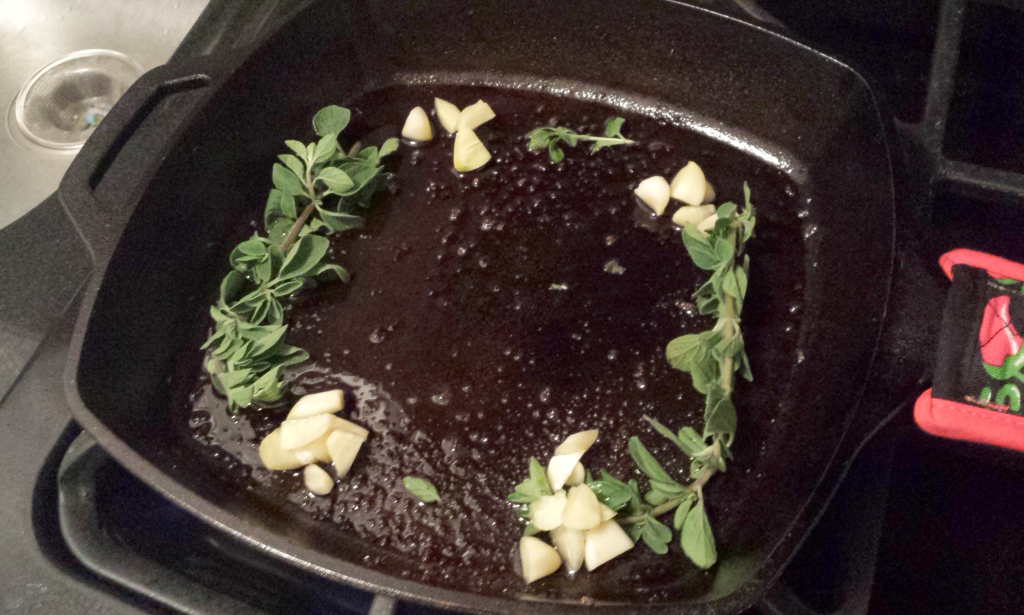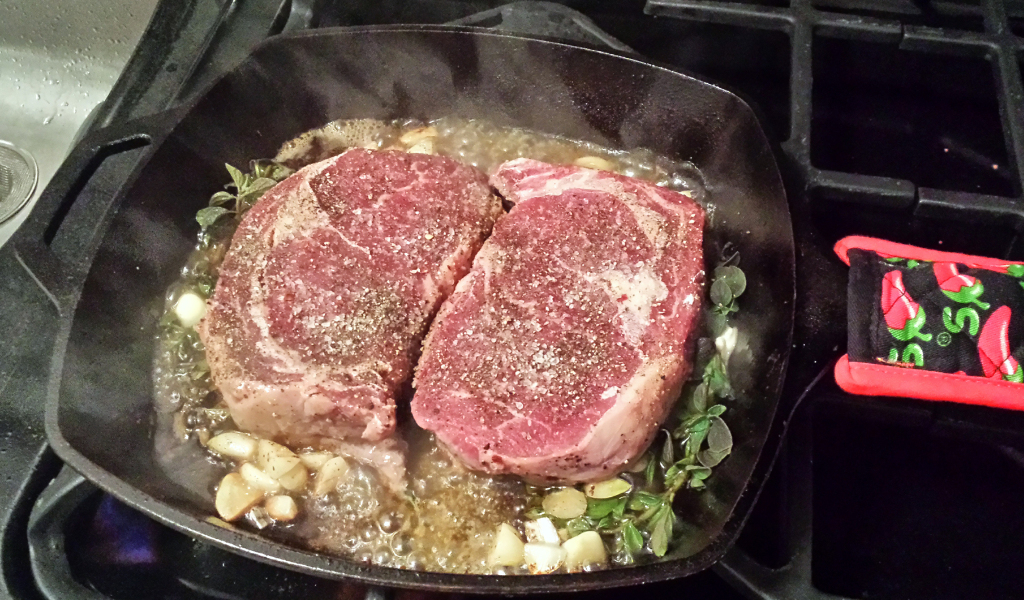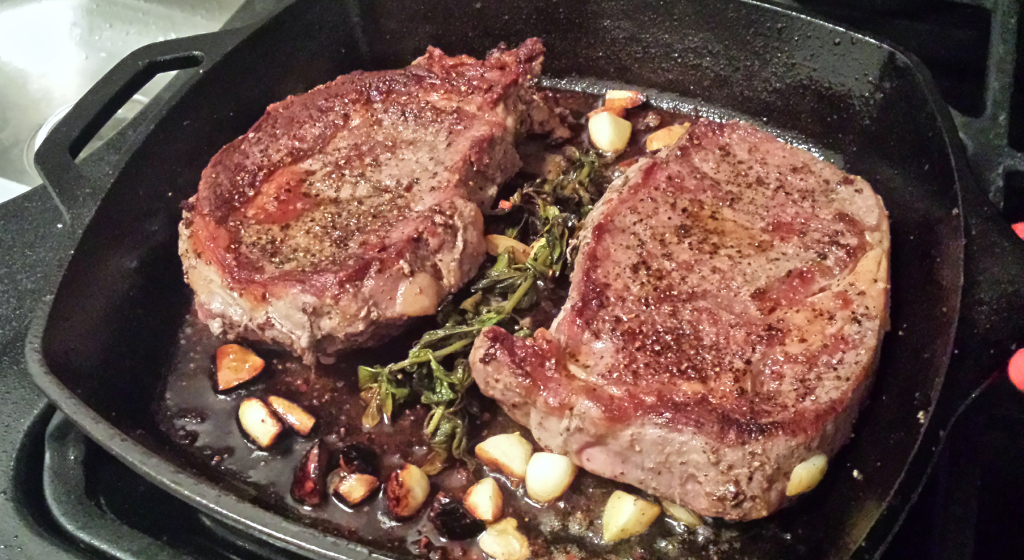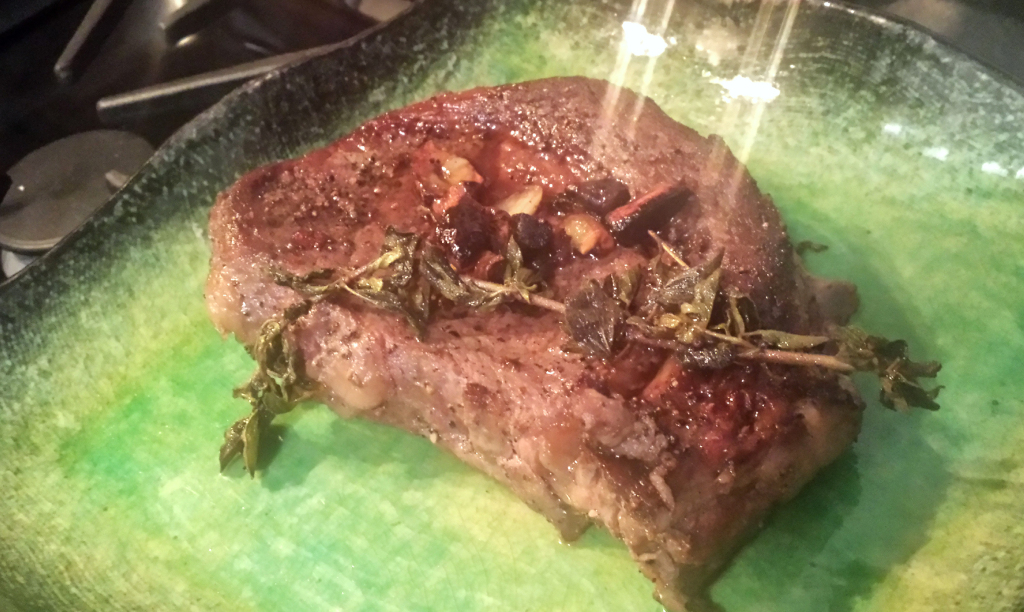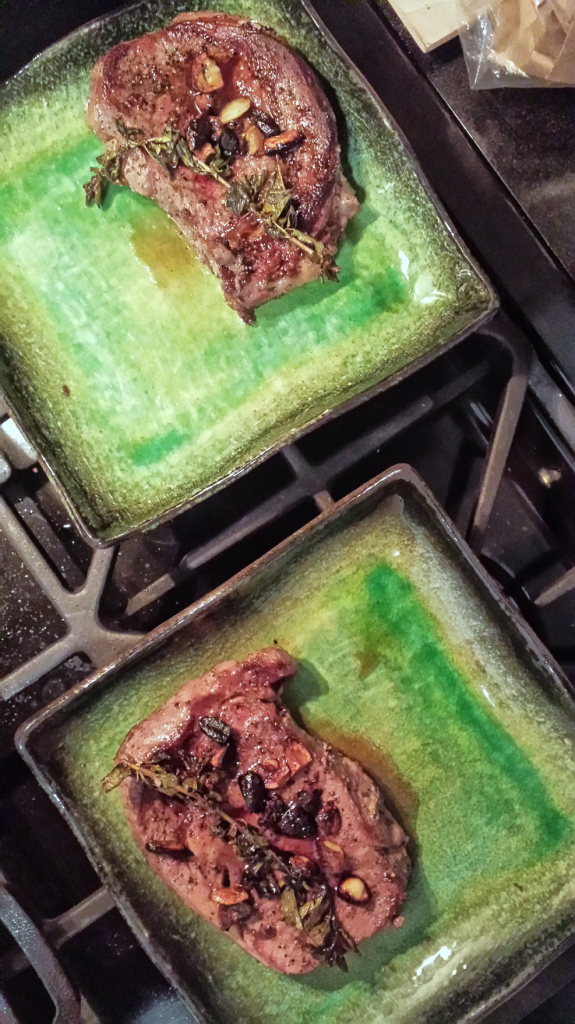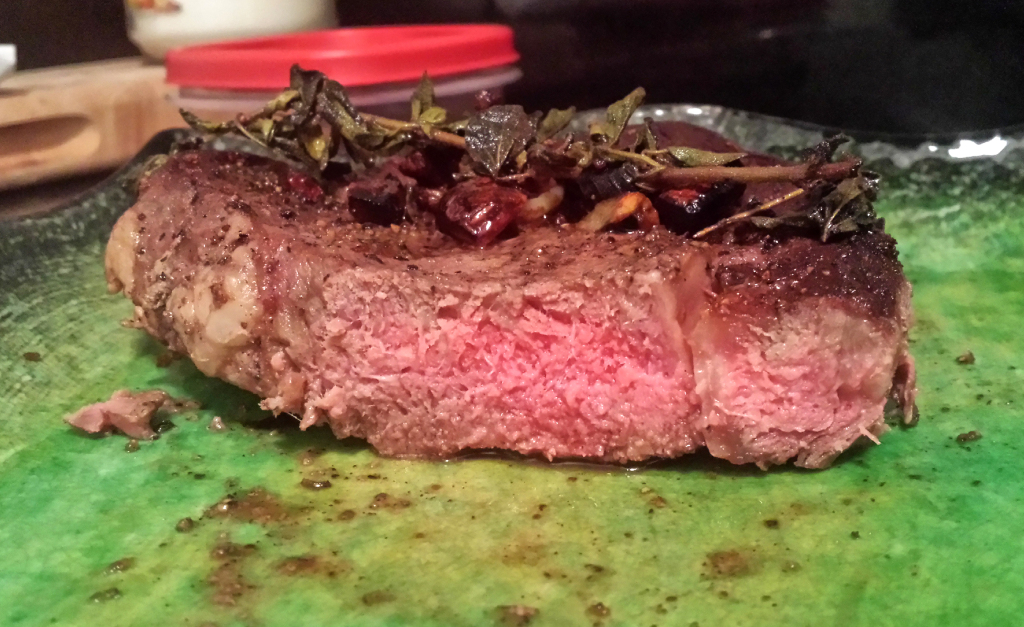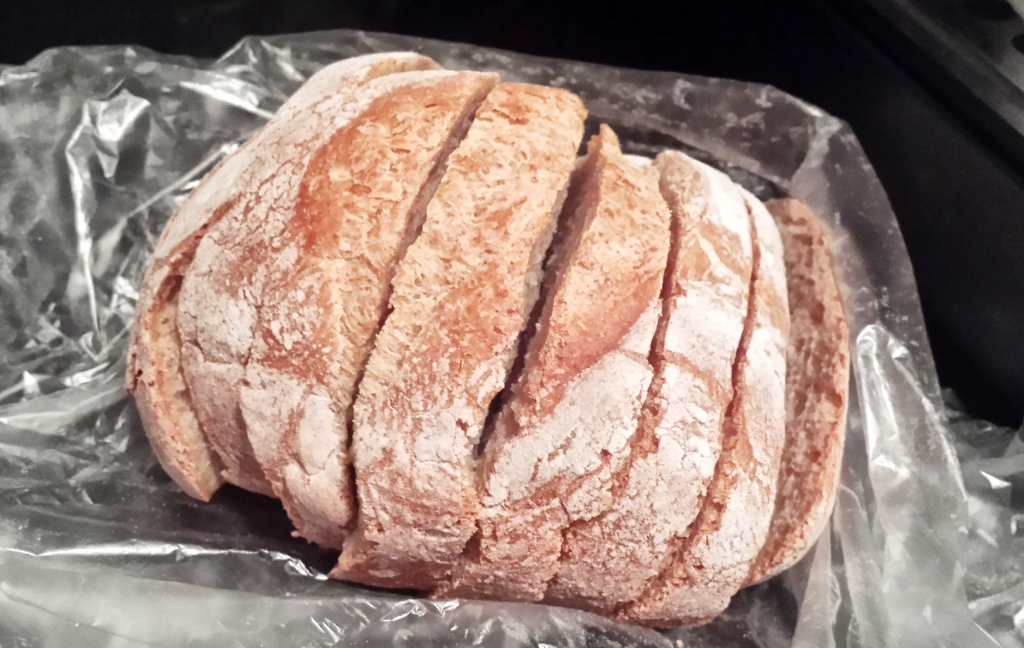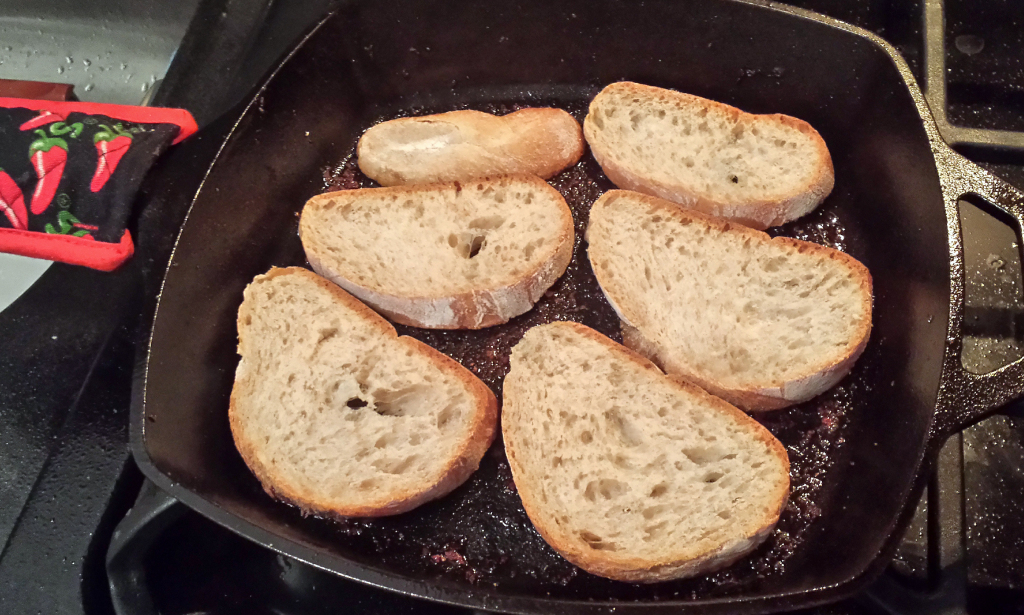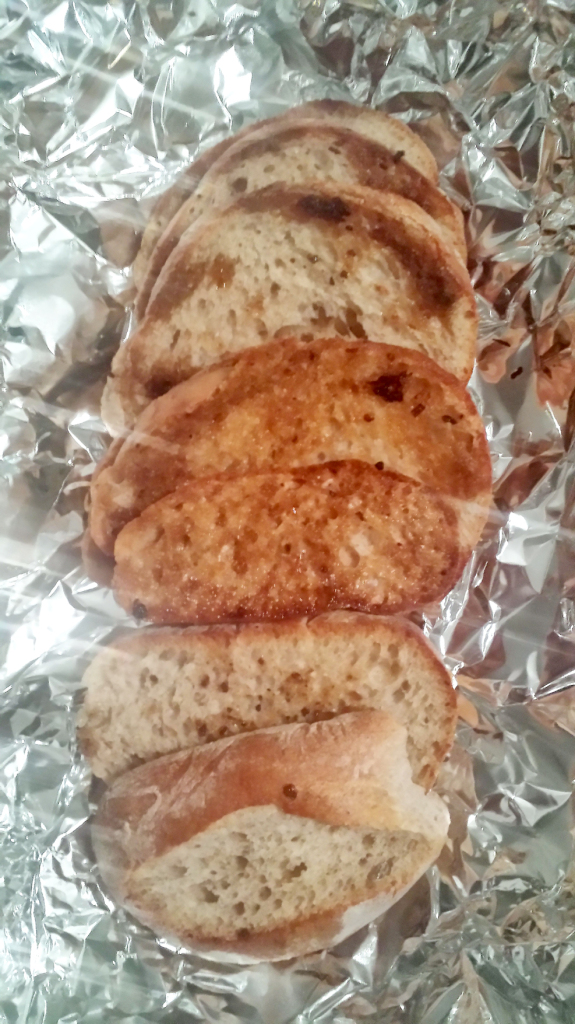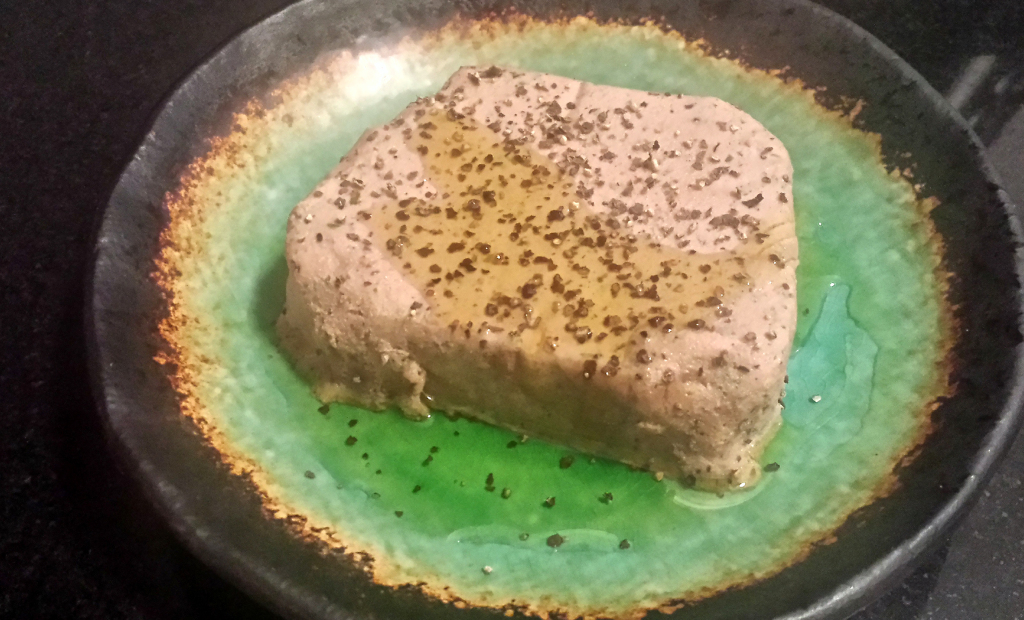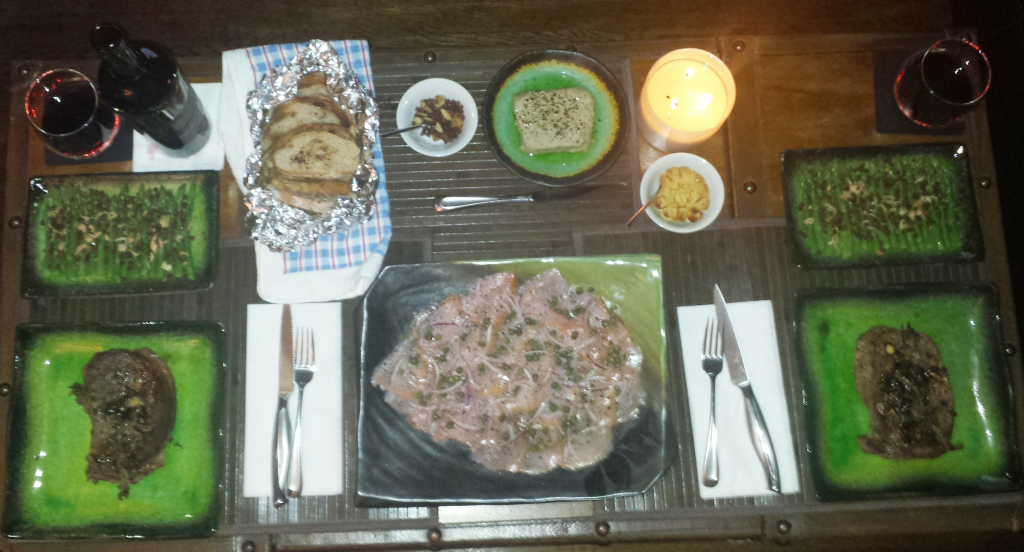If you don’t already know what Saint Lucifer Spice is, I’m about to give you a kick-ass run-down of the product. I came across this shit on Instragram, and I’ve been salivating ever since laying my eyes on it. Who knew that seeing a powdered spice could illicit such a physical response?
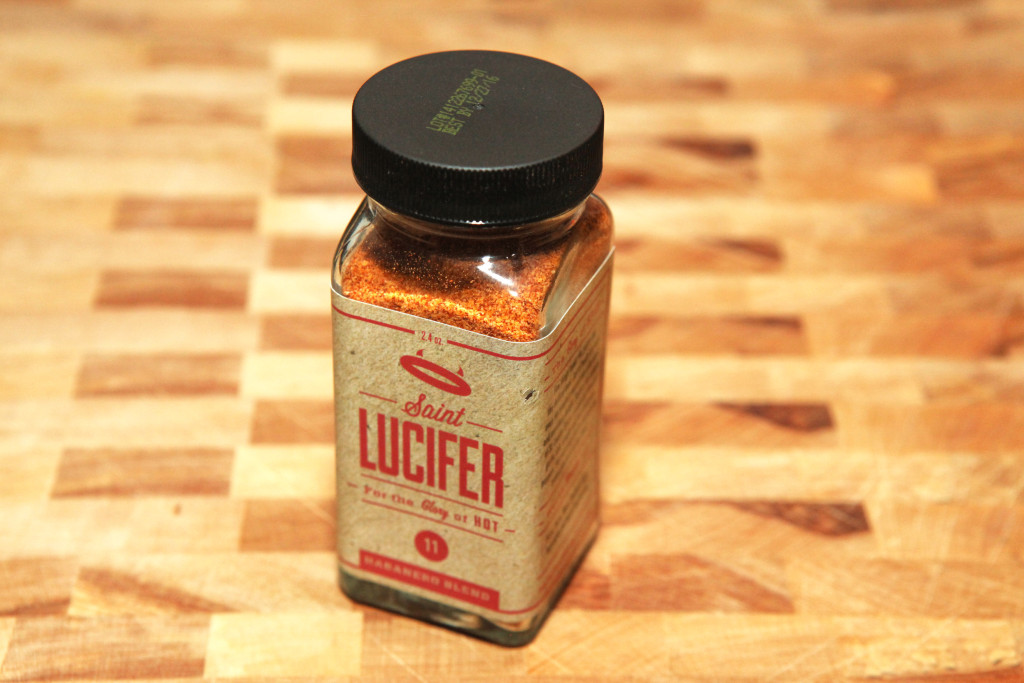
You’re all familiar with chili powder, crushed red pepper, paprika, black pepper, and cayenne pepper spices, from your shitty little spice racks that swivel and take up counter space in your kitchen. You know what’s missing? Habanero. Yes, yes, yes… Everyone and their mother has a bottle of habenero pepper SAUCE. But no one has it in a fucking spice shaker.
Many people flinch in horror when spice hits their lips, but that just means they aren’t eating their spice properly. Mixed with a sweet element, hot peppers can add tremendous diversity of flavor to an otherwise bland dish.
Tolerance to spicy foods may vary, but habanero pepper is amazing. It’s super hot up front, but then it cools off real quick. Unlike jalapeno or other chili peppers, the heat dissipates quicker. In other words, habanero is a sprinter and the other peppers are long distance runners.
What Ted Ebert and Tom Hewell, creators of Saint Lucifer, have done is to create a unique granulated habanero pepper spice that can be used on anything from grilled veggies to breakfast eggs to gourmet entrees of all protein variations. Ted and Tom’s goal is to get this spice into homes and professional kitchens everywhere, to be as well known and familiar as all the other spices in your rack, with the brand loyalty that you give to other products that you might keep in your kitchen. Given the massive success of Huy Fong’s Sri Racha sauce in recent years, I think there is a wide open market for something like Saint Lucifer, in the dry spice category. Although it is clearly a different pepper than Sri Racha (chili, with lots of garlic), I think the people who love a little heat will definitely be all over this.
Anyway, back to me… I found these guys on Instagram a long time ago and I’ve been following them since. Then it hit me. Why not ask them if I can try it? I’ve reviewed other products on here, typically when they have contacted me. But I needed to do something bold and aggressive, like Saint Lucifer spice itself. I contacted them. I wrote a comment on one of their burger photos, saying that I’d love to sample their product and write a review. The next morning I awoke to an email in my inbox asking for an address where they could send me a sample.
I was psyched. I eagerly awaited this bottle of magic powder’s arrival to my apartment. And to pass the time, I dreamed up various recipes involving the spice… and they’re really simple to execute too:
Devil Tacos
1) Coat some skirt or flank steak with Saint Lucifer Spice.
2) Grill for two to three minutes per side, depending on thickness.
3) While the meat rests, warm up some soft tortillas.
4) Also while the meat rests, prep some cilantro, onions, sour cream and jack cheese for a cooling taco filling.
5) After resting, slice the steak into thin strips for taco filling (cut on the bias for tenderness).
6) Slice up a lime (or any sweet citrus element, really).
7) Fill your tortillas, and squeeze some citrus juice on before eating.
Note: That sweet tartness from the lime/citrus will pair perfectly with the habanero of the Saint Lucifer spice and cut it ever so slightly. Trust me. Your taste buds will thank you.
Satan’s Fried Chicken Sandwich
1) Grab a pack of thinly sliced chicken breast from the grocery store.
2) Crack a few eggs into a bowl and mix/scramble.
3) Create a breading mixture using breadcrumbs, panko and a teaspoon of Saint Lucifer Spice.
4) Drag your chicken filets through the egg dredge and batter them with the spicy breadcrumbs.
5) Fry your chicken to golden brown in hot oil.
6) Hit your still-hot chicken with a mixture of Saint Lucifer spice and salt to lock in the seasoning after they come out of the fryer/hot oil.
7) As the chicken cools, quickly prep some lettuce, tomato, onion and sliced apple.
Note: This step is for adding additional crunch and a little sweet juiciness to cut the spice. If you have coleslaw laying around, you could use that as well. And if buying an apple is too much work for you, you can also use the pickles that you have sitting in your fridge, floating around in murky water like a shit that never got flushed.
8) Mix a few shakes of Saint Lucifer spice into mayonnaise.
9) Apply some of that spiced mayonnaise onto each half of a potato bun. A soft, sweet bun is key, like Martin’s or King’s Hawaiian.
10) Assemble sandwich and eat.
Breakfast at Lucifer’s
This one is pretty easy, because one way to go about the process is to just shake Saint Lucifer onto your favorite breakfast egg dish. I like eggs over easy with hash browns and bacon for breakfast. You can simply spice them all up with some Saint Lucifer. If you have hairy balls, you can even add a few shakes of Saint Lucifer into your orange juice (or Bloody Mary, for that matter). I swear that shit is fucking good. Orange + habanero is fucking amazing. I used to soak fresh habaneros in my cartons of orange juice to give it a nice kick. However, if you want to take breakfast to the next level, another idea here is to use the Saint Lucifer spice while you are cooking your bacon. Coat the bacon in some spice first, then fry it off in a pan. Afterwards, leave the bacon grease in the pan (or save the bacon grease in tupperware) so you can later use it to fry your hash browns and eggs. I like hash browns with a little diced onion and fresh peppers. Adding the spicy bacon grease would take it to the next level of awesome.
By the way, The Saint Lucifer website has a bunch of recipes on there already. If mine don’t tickle your balls, maybe theirs will. CLICK HERE to see them.
Okay so my dreams were now ready to become a reality. I received my Saint Lucifer spice package! I was impressed that it was even accompanied by a hand-written note.
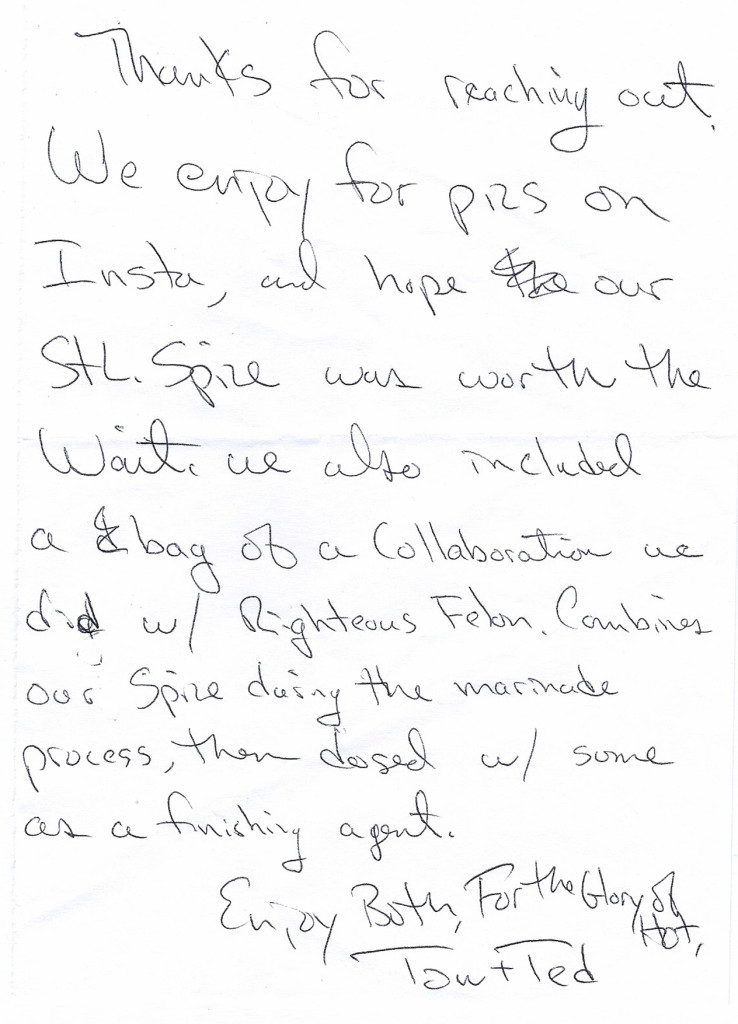
I couldn’t believe it. This next bit was like providence. The bottle of spice tumbled out along with a bag of beef jerky!
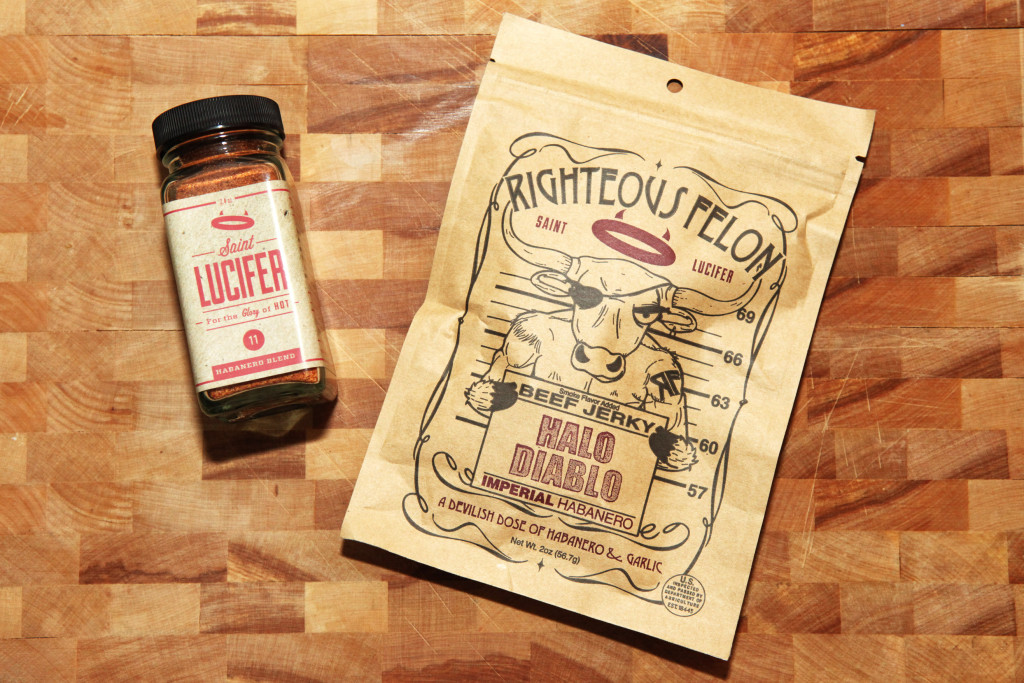
Are you kidding me?!?? I JUST started my jerky page the other day, and when I was browsing the Saint Lucifer website in my research of their product, I was really intrigued by the jerky that I saw there for sale. Holy fuck… what a bonus that they included it! The jerky is flavored with Saint Lucifer, and it is cleverly called Halo Diablo jerky, which they made as a collaborative effort with the Righteous Felon jerky brand. I’ll stick to the review of Saint Lucifer here. You can check out the Halo Diablo Jerky review afterwards if you want.
My first instinct was to go right to the ingredients. Nice and simple, easy to read, no chemicals, no bullshit. Only five things were listed: that’s it! Garlic, salt, paprika, vinegar, and habanero peppers.
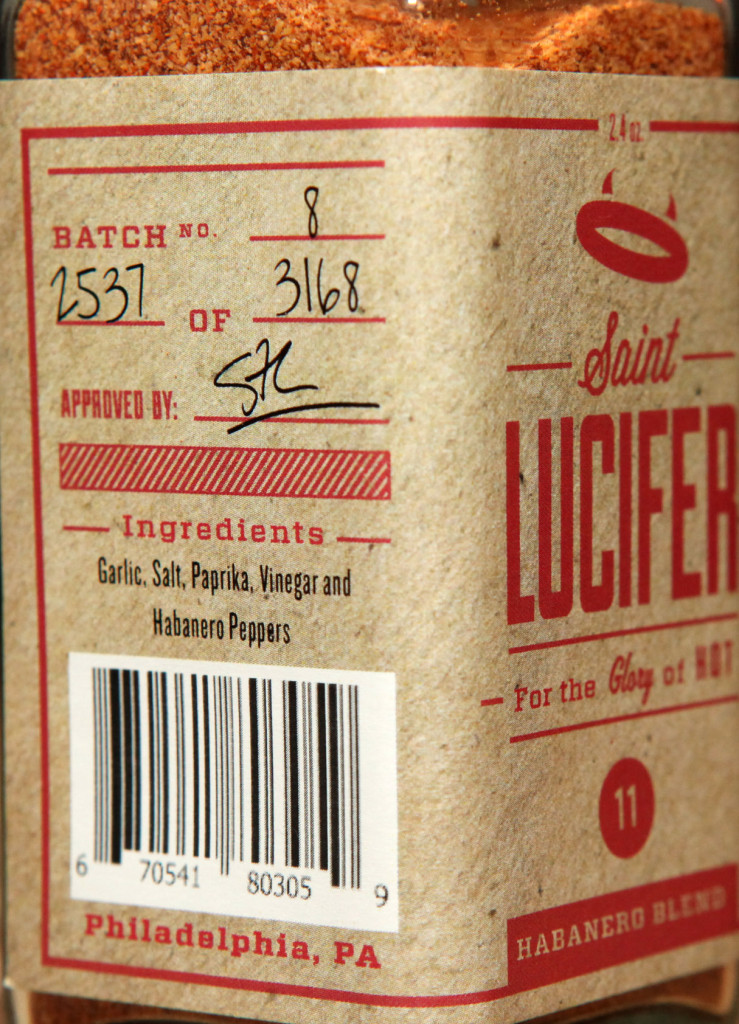
The taste starts off as sweet and vinegary, with a garlic nose. Then the spice creeps up. Dry and hot, like the desert, but not too cranked up to the point where you are crying and your ears are throbbing. It’s a good heat; a heat you can cook with or just dabble on as you see fit. The smell is a sharp hit of sweet garlic up front with a sweet lingering vinegar aroma. Then there’s an undertone of something evil lurking beneath the surface, something that might fuck you up if you sniff too hard or dive too deep. The habanero…
The shaker hole opening size is good for this powderized product. It’s not too big where you will accidentally dump too much out if you’re not careful, and not too small where you are shaking forever just to get a few dandruff particles out.
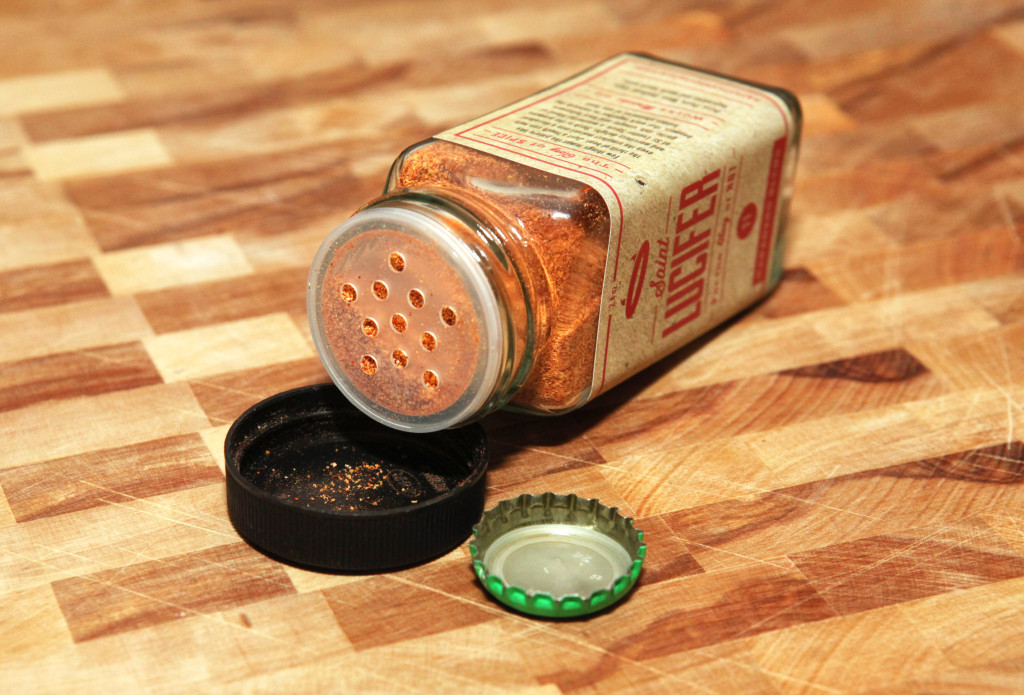
The beer bottle cap is in there so you can gauge the size of the holes easier with that being a familiar/known size reference.
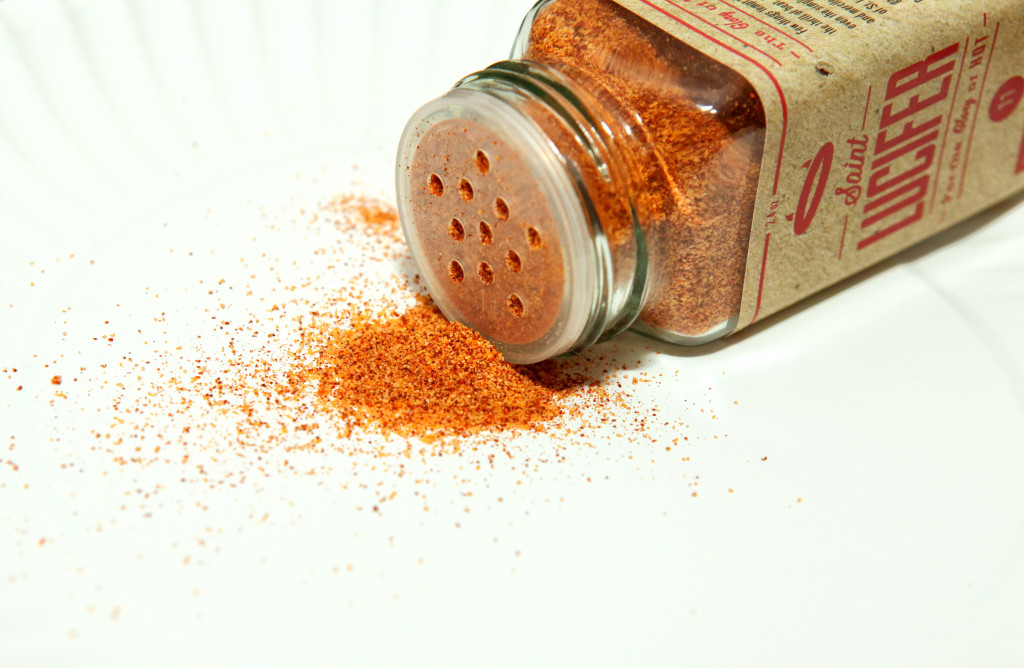
As you can see, the color of this stuff is like fire put into solid, powder form. It’s actually a really aesthetic and beautiful blend of reds, yellows and oranges.
Suggestions for improvement: Nothing, really. This spice is awesome as-is. One thought I had though, perhaps, would be a version of the spice that is JUST habanero: no garlic, no salt, no paprika and no vinegar. I know Huy Fong makes some spicy sambal sauce products both in a garlic version and a non-garlic version. I always prefer non-garlic because I like to cook with fresh garlic, rather than powdered/dried, which can sometimes be overwhelming and inadvertently boost the sodium content of foods too much.
Suggestions for companion products: How about a ground jalapeno pepper spice, or a ground chipotle spice? Like granulated habanero powder, I don’t normally see those in the grocery store. That would make for a great three-pack gift set, and it would corner the market on unusual pepper powders in one fell swoop.
Either way I see a big future for Saint Lucifer, and I’m glad I have it in my spice cabinet. Congratulations, Ted and Tom, on creating an awesome new ingredient and food glorifier.
So where can you get it? CLICK HERE for a list of all retailers that have this shit on the shelves in their stores. Or you can navigate to their online store and buy it directly from them.
FOR THE GLORY OF HOT!

